What to do while in Paris: Fontainebleau or Versailles? Which is better?
Oh dear! If you are reading this, you must be debating with yourself which palace to visit while in Paris; Fontainebleau or Versailles? Both are famous in their own right. Well, look no further as I help you make that choice.
This comparison is rather unfair with Fontainebleau being the underdog right from the onset. For most visitors to Paris, the Palace of Versailles comes to mind simply because not many have heard of Fontainebleau before. For me, Fontainebleau was just another palace that I read about in a diary of sorts about the life of the Emperor. What I do know about Fontainebleau from all that reading was its huge forest surrounding the estate that makes good country for horse riding.
Here is my in depth review of both palaces and why you should visit one over the other.
This article is one of my articles on Paris. Click here to check out the rest.
Versailles
Versailles started off as a hunting lodge in 1624 under the reign of Louis XIII before being gradually expanded and enlarged by his successors, in particular Louis XIV the Sun King. The Palace can be divided roughly into four parts: the Palace, the Palaces of Trianon, the Estate of Marie-Antoinette and the gardens.
The grounds are crowded during summer. I remembered visiting the Palace during winter more than 10 years ago and the gardens and the Palace were empty. I guess that’s the difference between low season and high season. The next time I visited was during summer and I was walking along from the train station towards the Palace. It looked doable (i.e. not as packed as I hope it to be) until I actually reached the grounds themselves. My god! It was packed. Instead of queuing for the tickets, I just u-turned and purchased my tickets from a third party vendor down the road (I had originally boycotted the shop as they were charging a small commission). Even so, the itinerary had to be tweaked slightly. Instead of viewing the Palace itself first, the advice given was to hit the gardens (including the Estate of Marie-Antoinette) and the Palaces of Trianon first before visiting the Palace. This was to avoid the worst of the crowd.
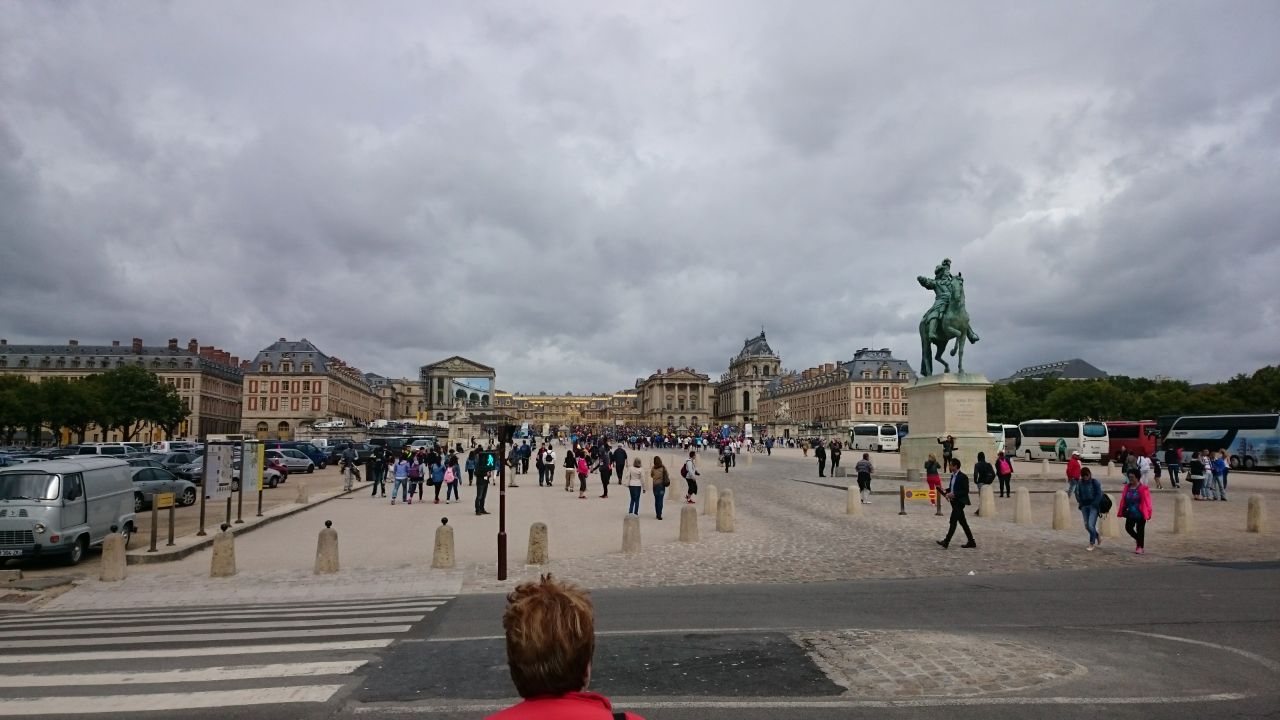
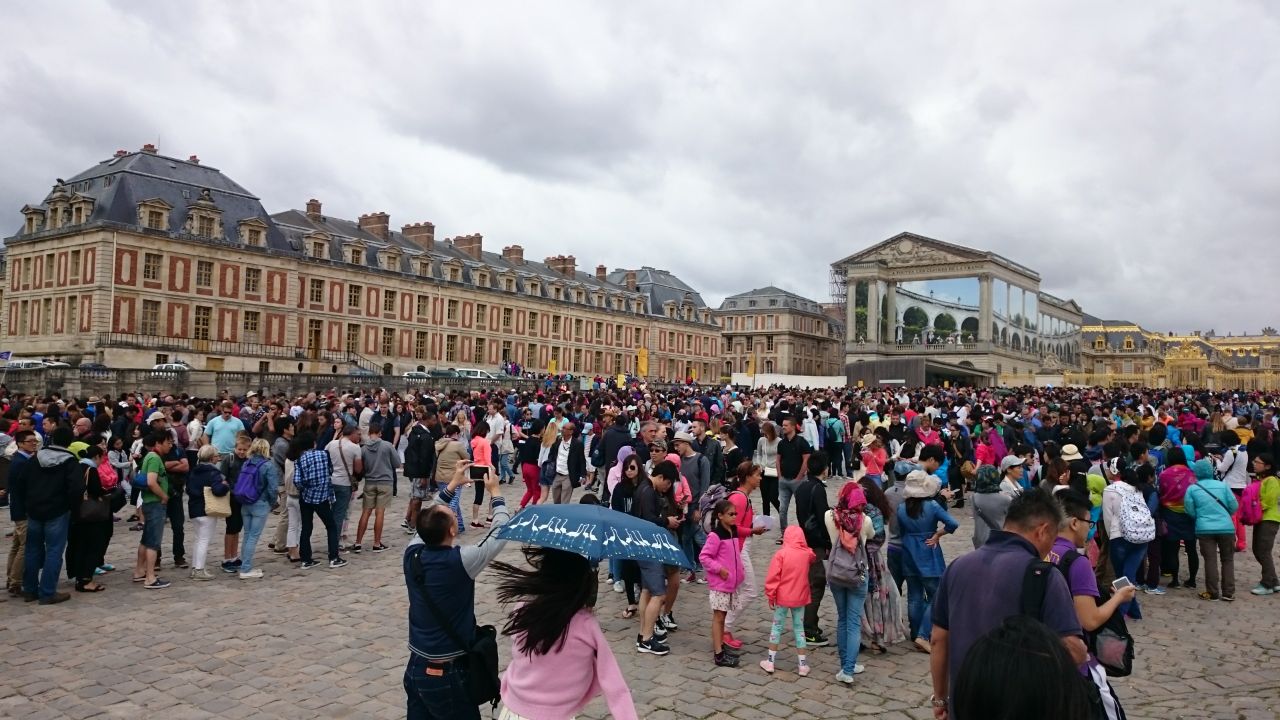
The gardens were beautiful. Instead of the cold gloomy gardens I remembered from my last visit, the gardens were in full bloom with flowers all around. Even though there was still quite a number of people around, the gardens are so huge that you still feel comfortable with a lot of space to yourself. There are little mazes you can go into and visit mini gardens with their fountains and other art work. You sometimes wonder why the French revolted and get the answer around you. Such splendor definitely cost money. Lots of money!
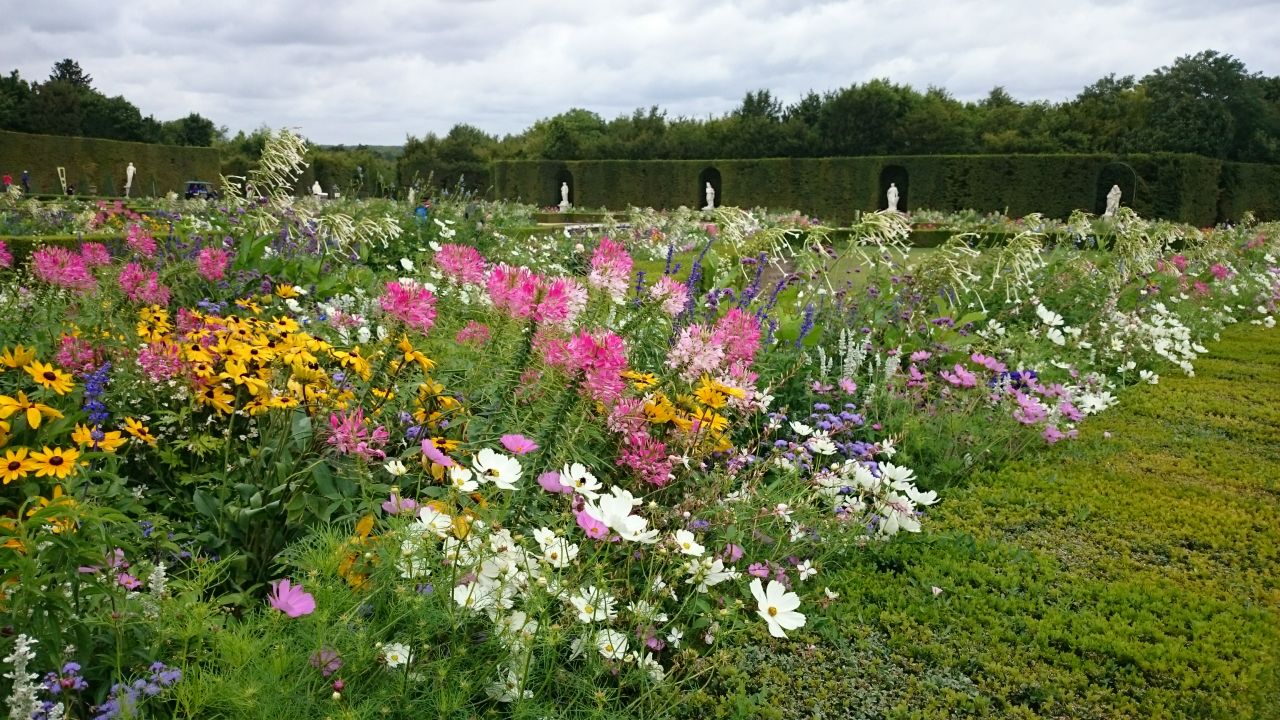
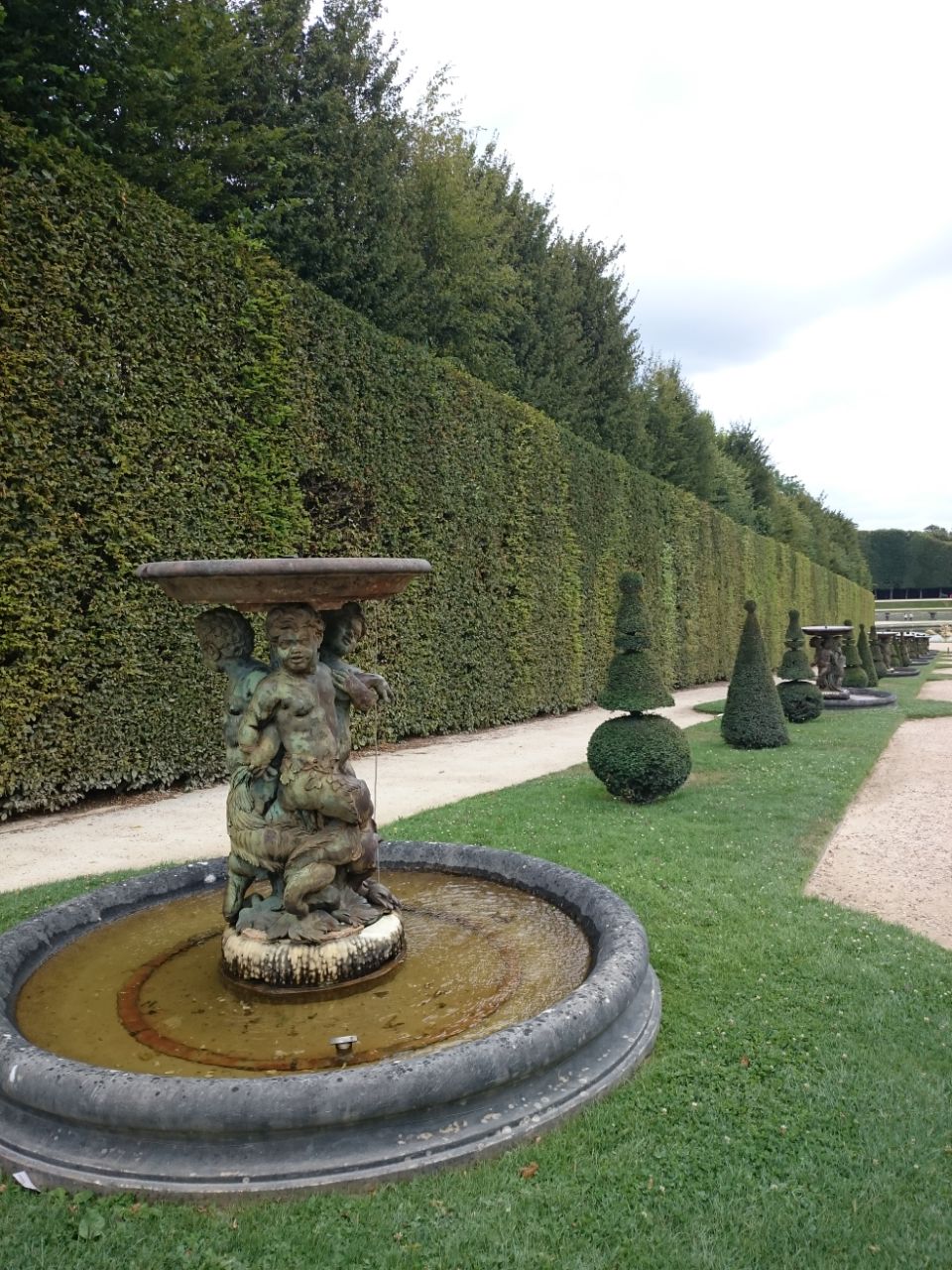
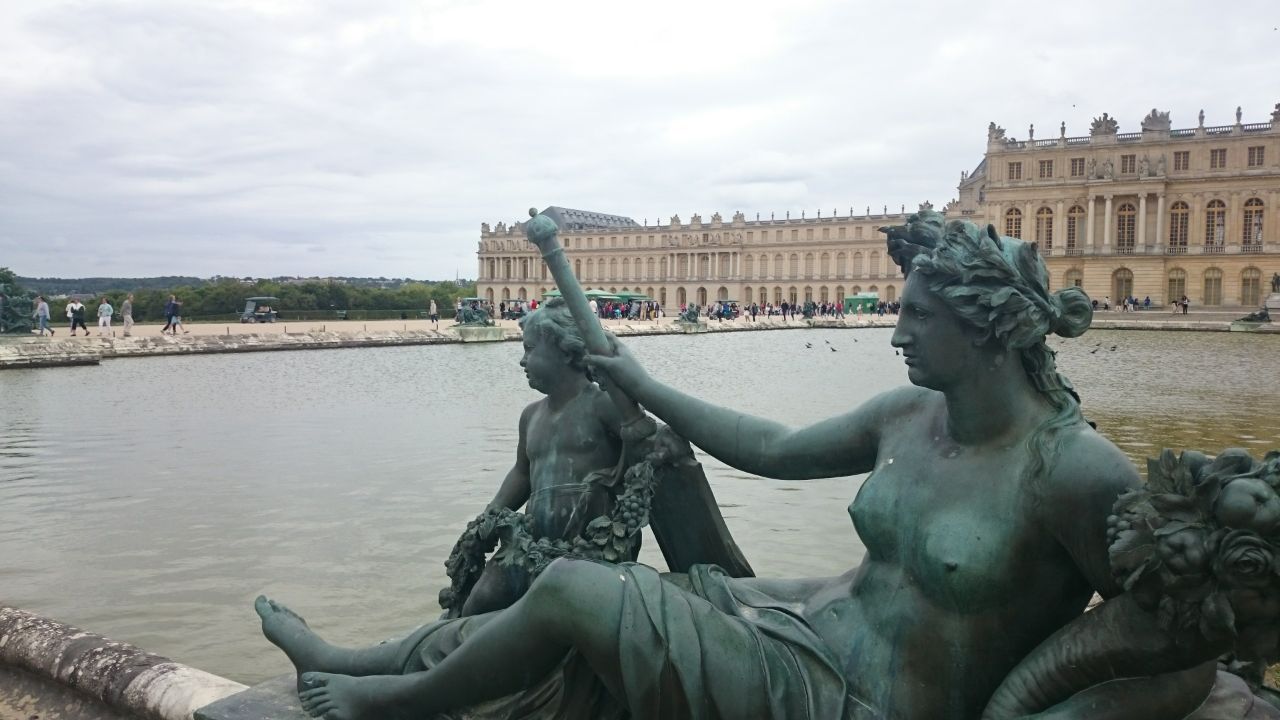
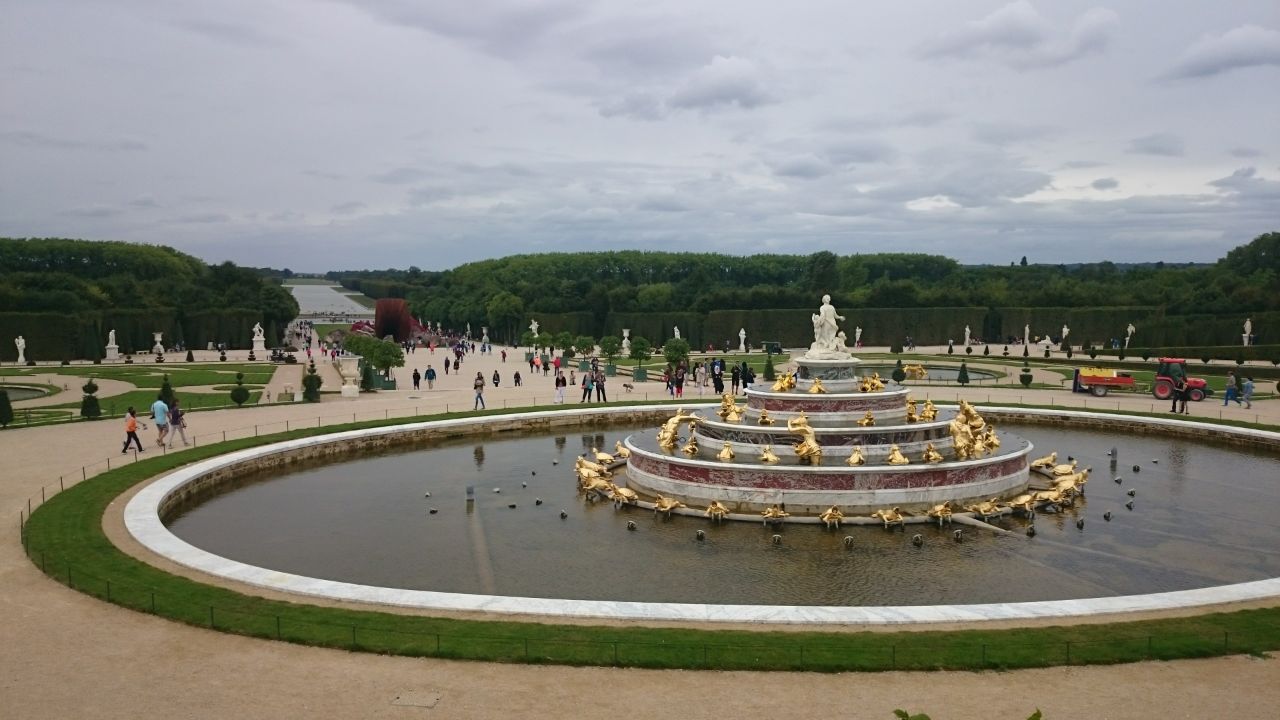
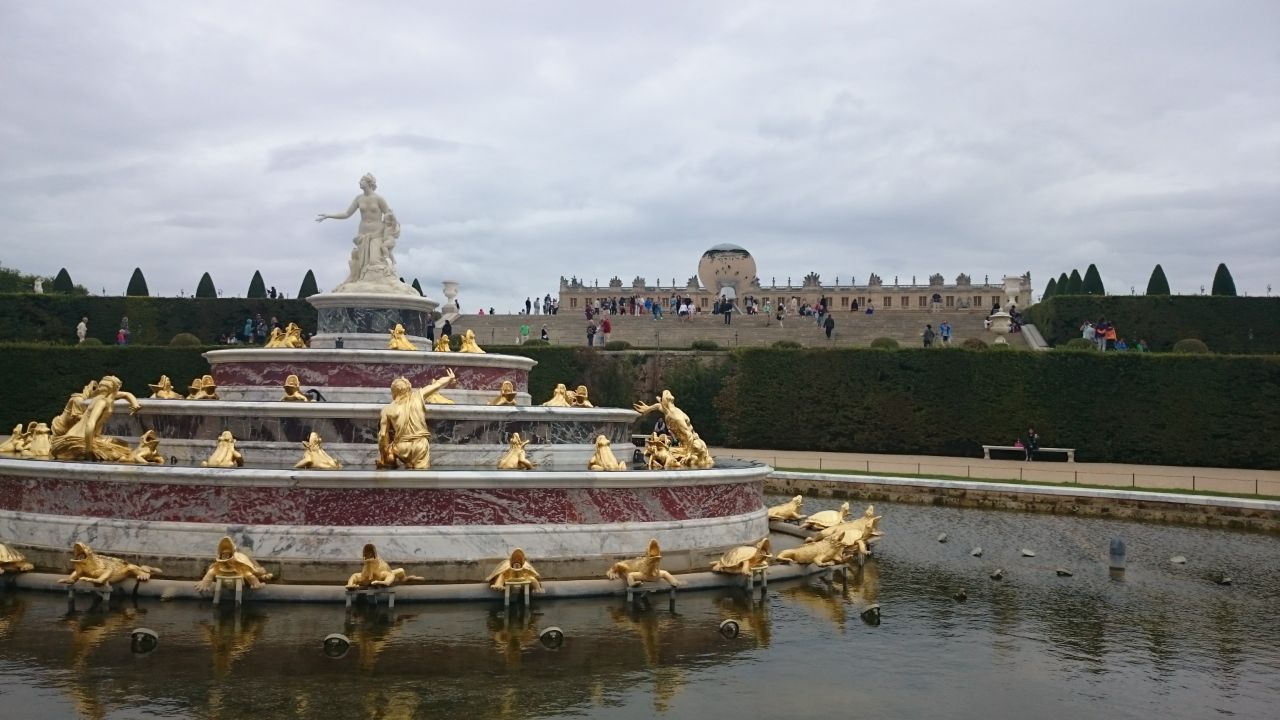
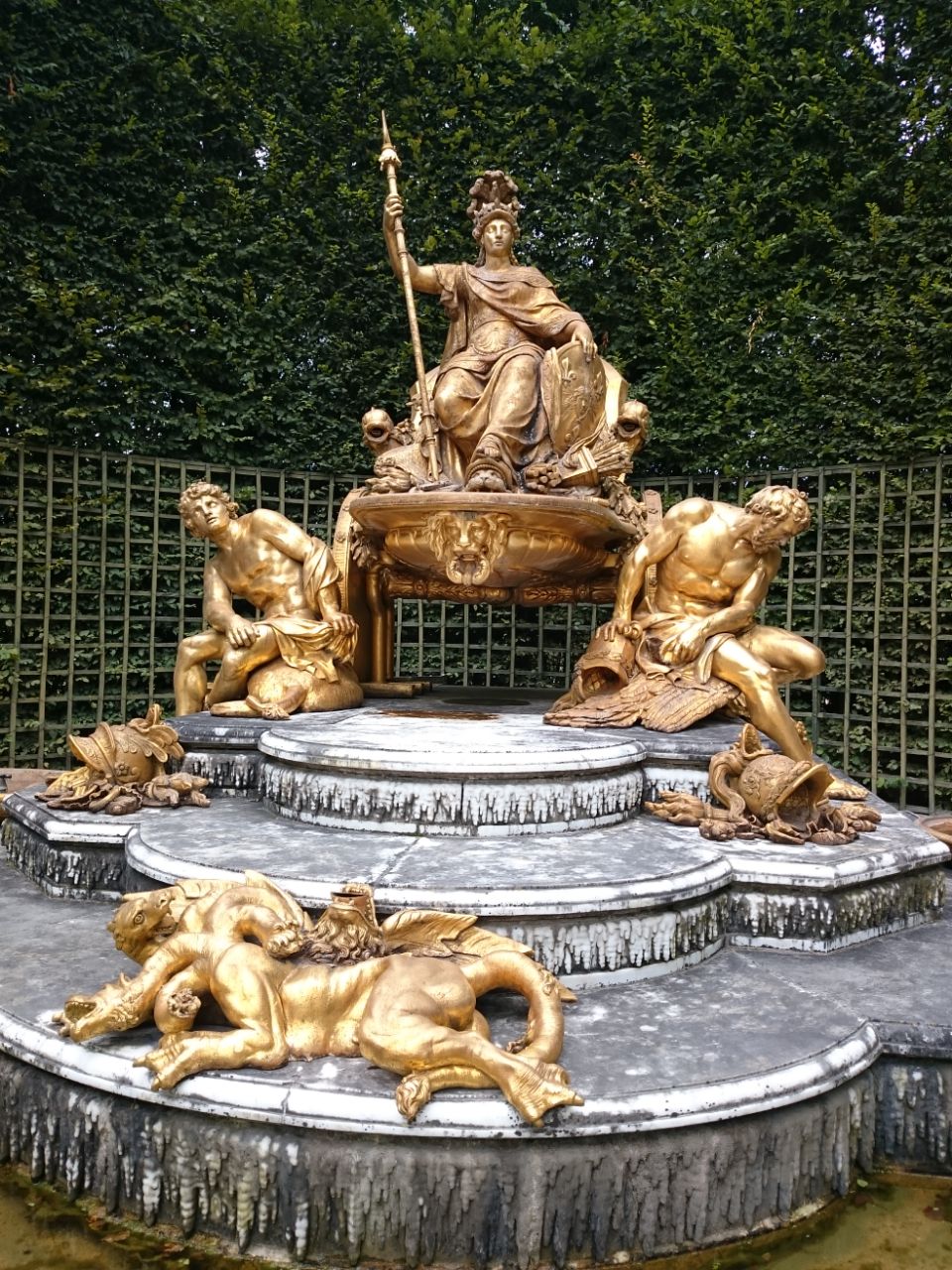


The Palaces of Trianon is also another highlight. Although not as magnificent as the main Palace, it plays around with the use of pink marble. The palace is a single storey building flanked by a courtyard on one side and gardens (yes, its own set of gardens!) on the other. A balustrade runs around the flat roof.
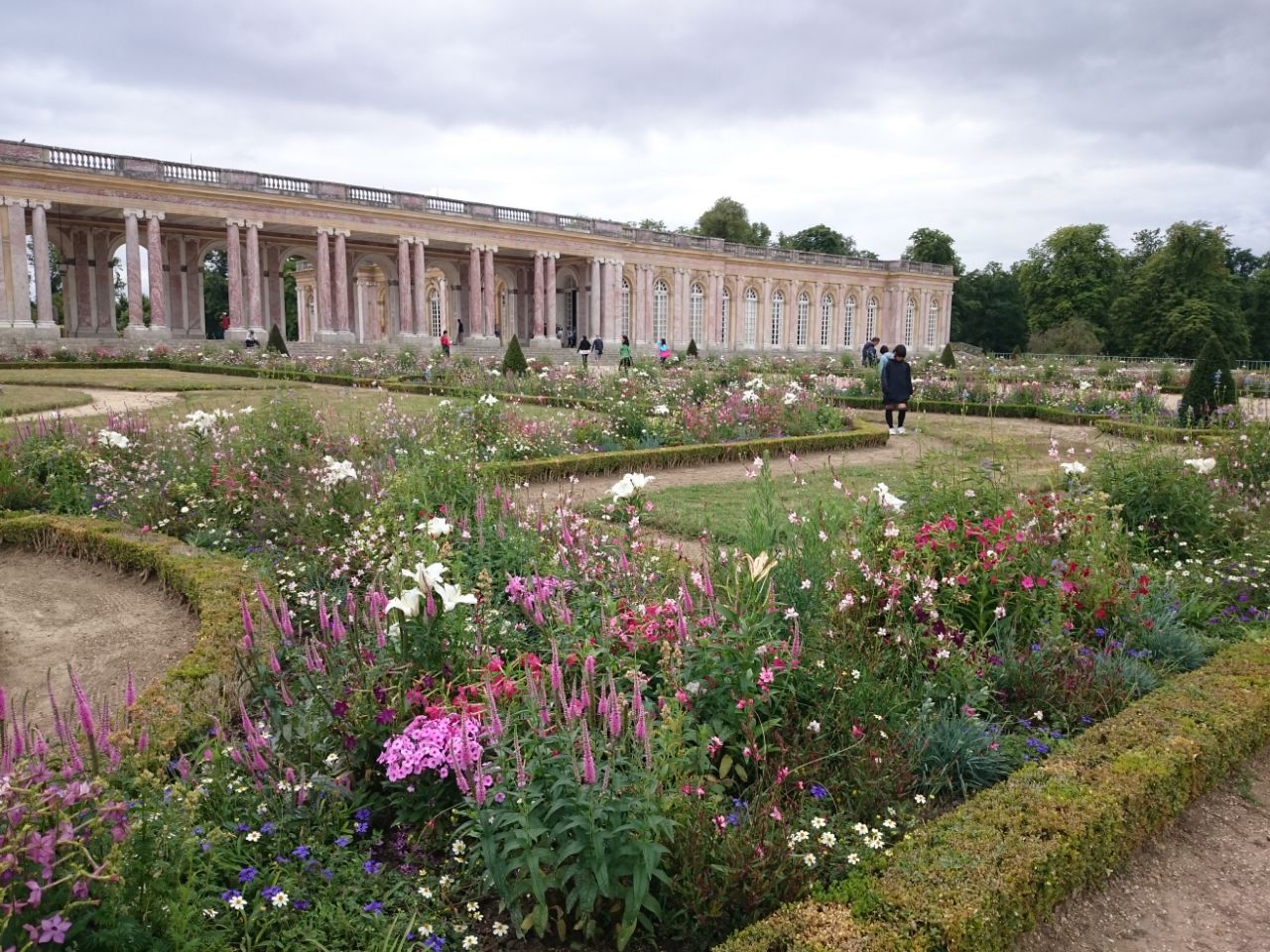
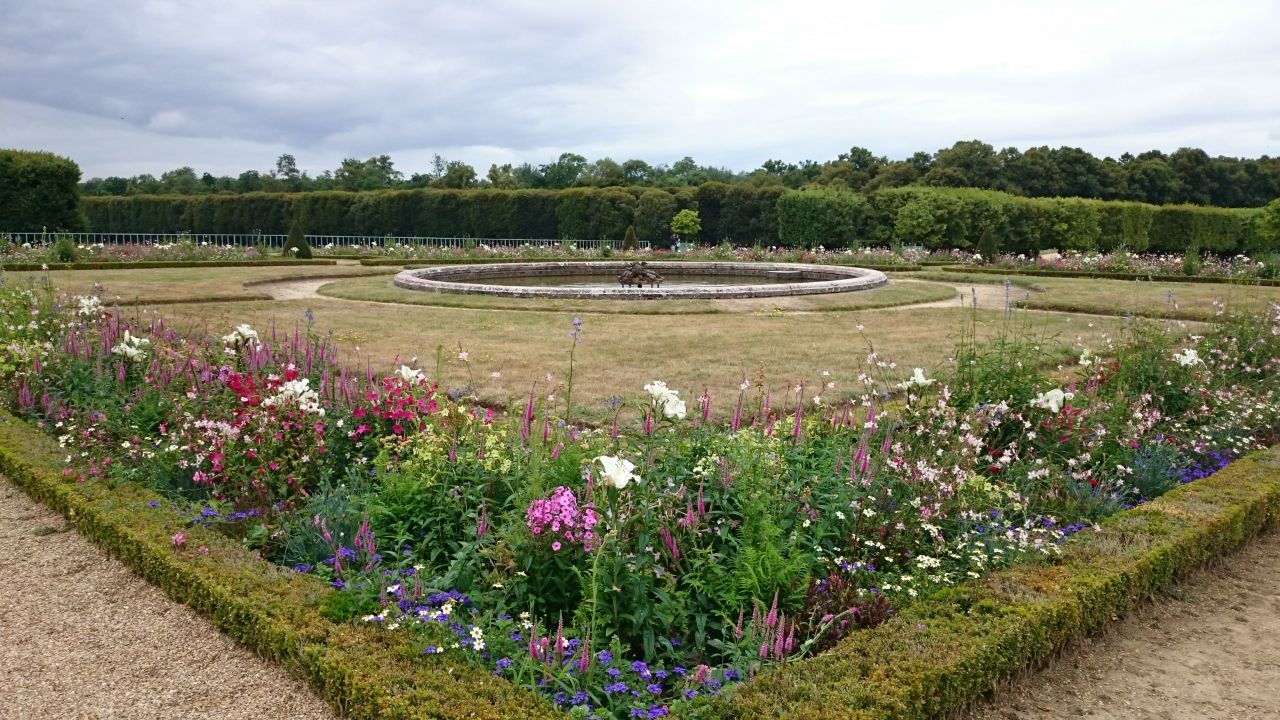
If that is not enough for you, there is still the Estate of Marie-Antoinette or the Queen’s Hamlet. The hamlet can be divided into three distinct spaces. To the south of the stone bridge which spans the stream, contains the reception facilities: the windmill, the boudoir, the Queen’s House, the billiard room and the stove room. Although sporting a rustic exterior, these cottages conceal interiors which were carefully-decorated and are places where the queen could host small parties. On the other side of the bridge are structures actually used for agricultural purposes. Further down the bank stands the farm complete with stables, pig sty, sheep pen and hen house. While commonly associated with the queen’s excesses, it is actually a myth that the hamlet was built as a play thing for the queen. The queen actually used the hamlet as a place for walks or for gatherings and also as an educational facility for the royal children with its functioning farm.

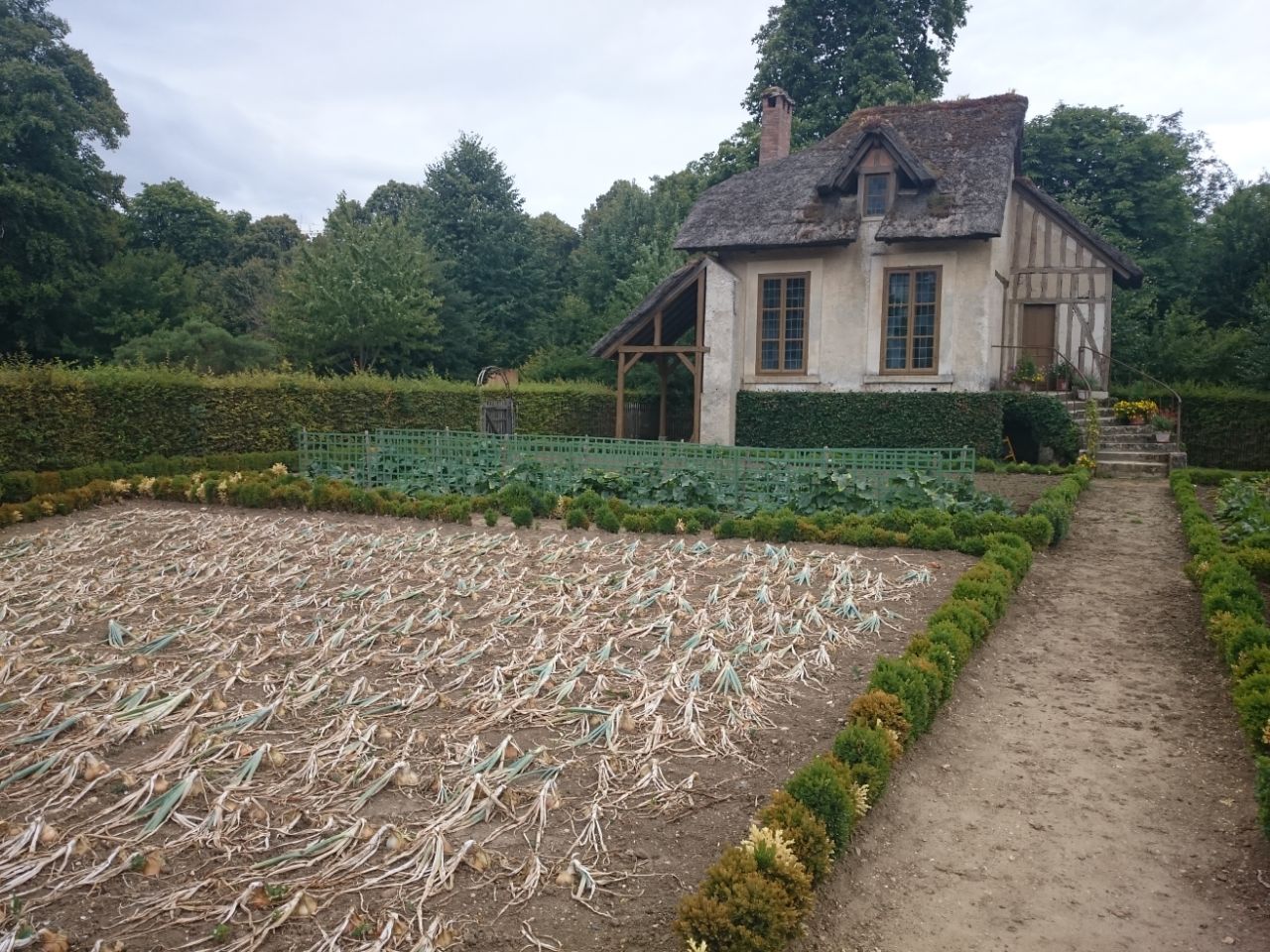
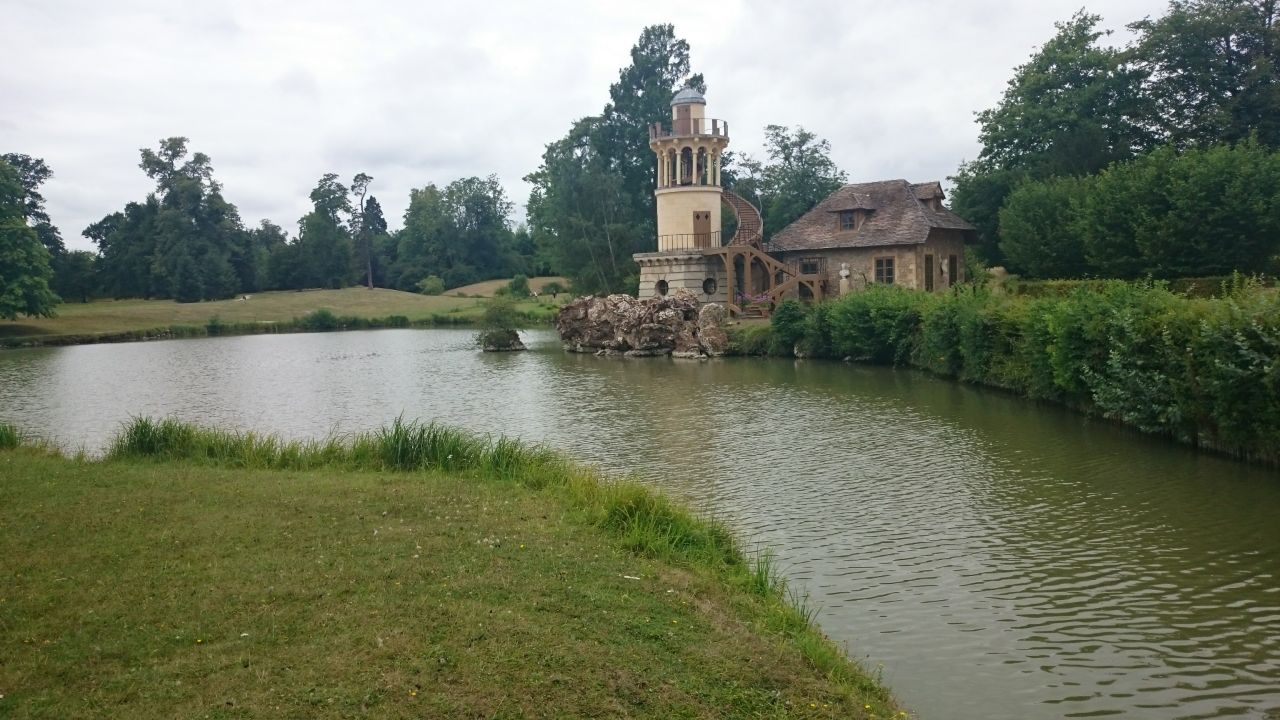
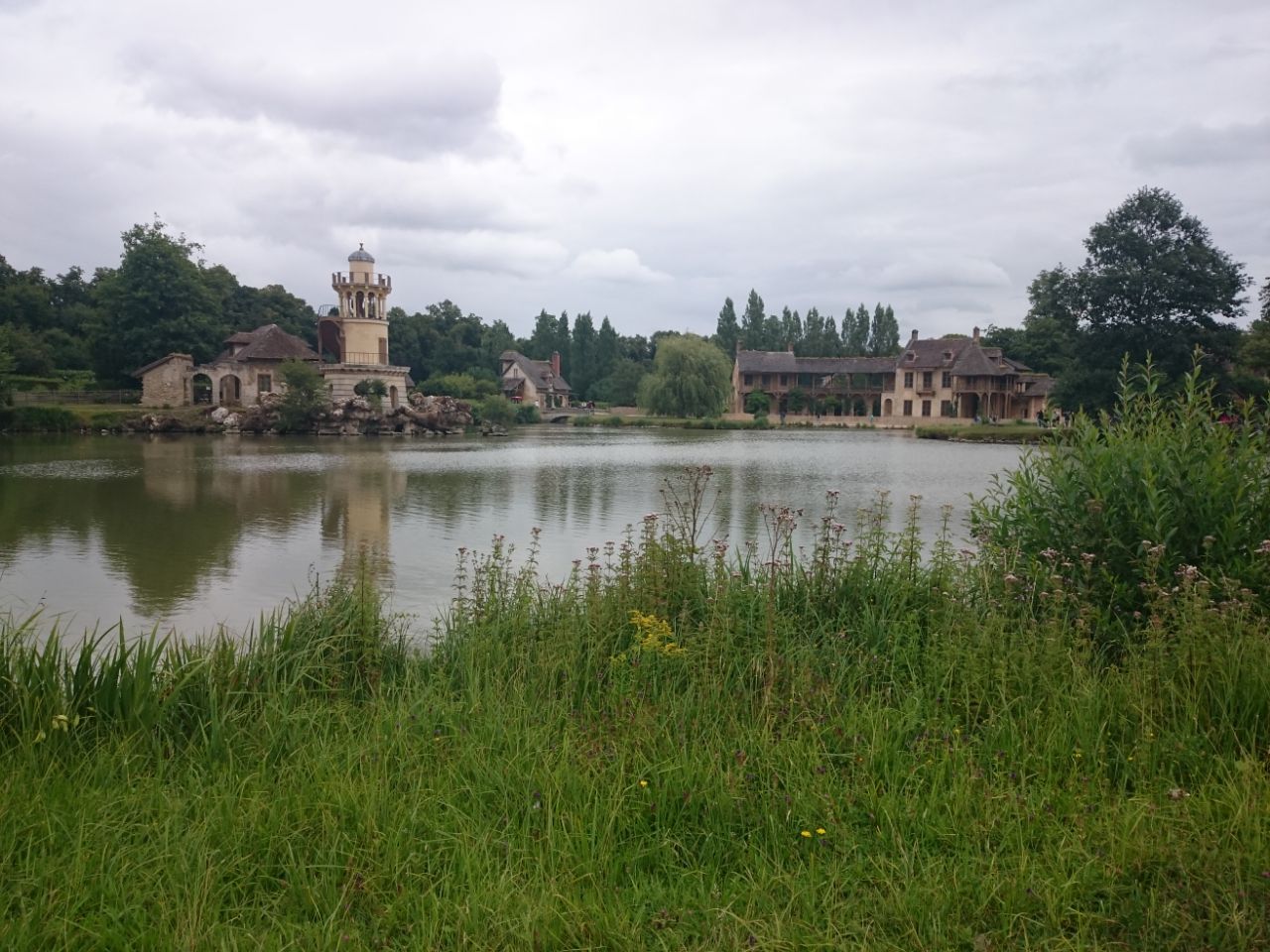
Having toured the grounds, I then visited the main Palace. Despite the careful planning, I had to queue to enter the Palace. It was during these special moments you wonder why people actually bother going on tour groups. I remember seeing a bus load of tourists being off loaded sometime at 4 plus in the afternoon and I also remember wondering to myself what a waste! They will likely get to have a glimpse of the Palace (assuming they actually manage to clear the queue) and maybe a quick run around the main gardens.
I am no historian and can’t describe the Palace much other than it was pretty. I generally ignore the furnishing as it would likely have been cobbled together by some historian with different pieces being grouped together around a centre piece that actually survived the revolution and certain destruction. My focus is normally on the painting and the murals which are wonderful to look at. Be sure to look out for the hall of mirrors!
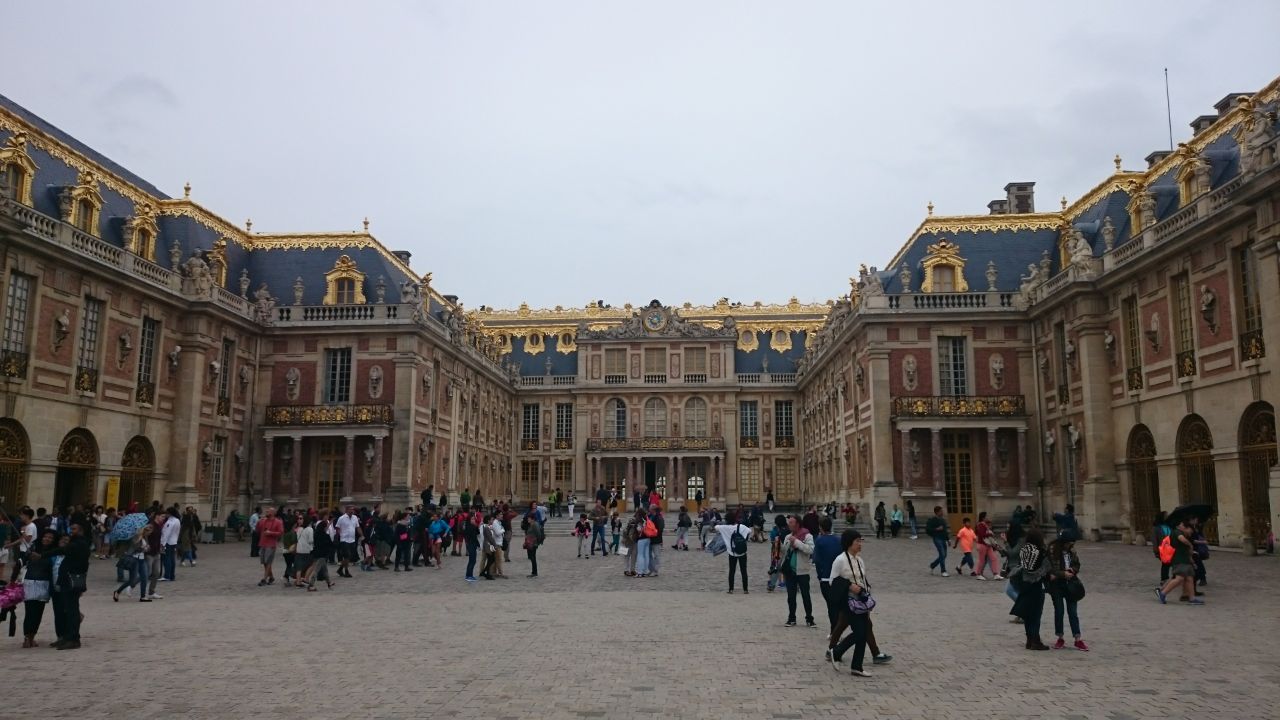
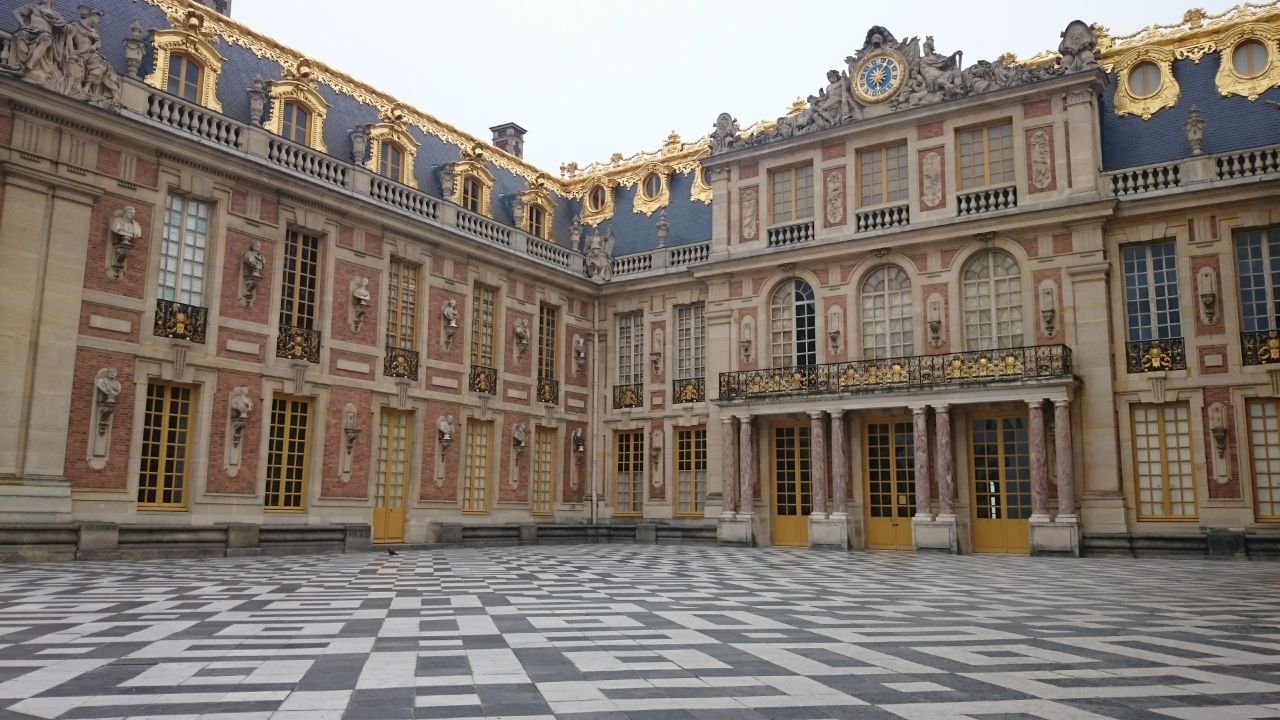
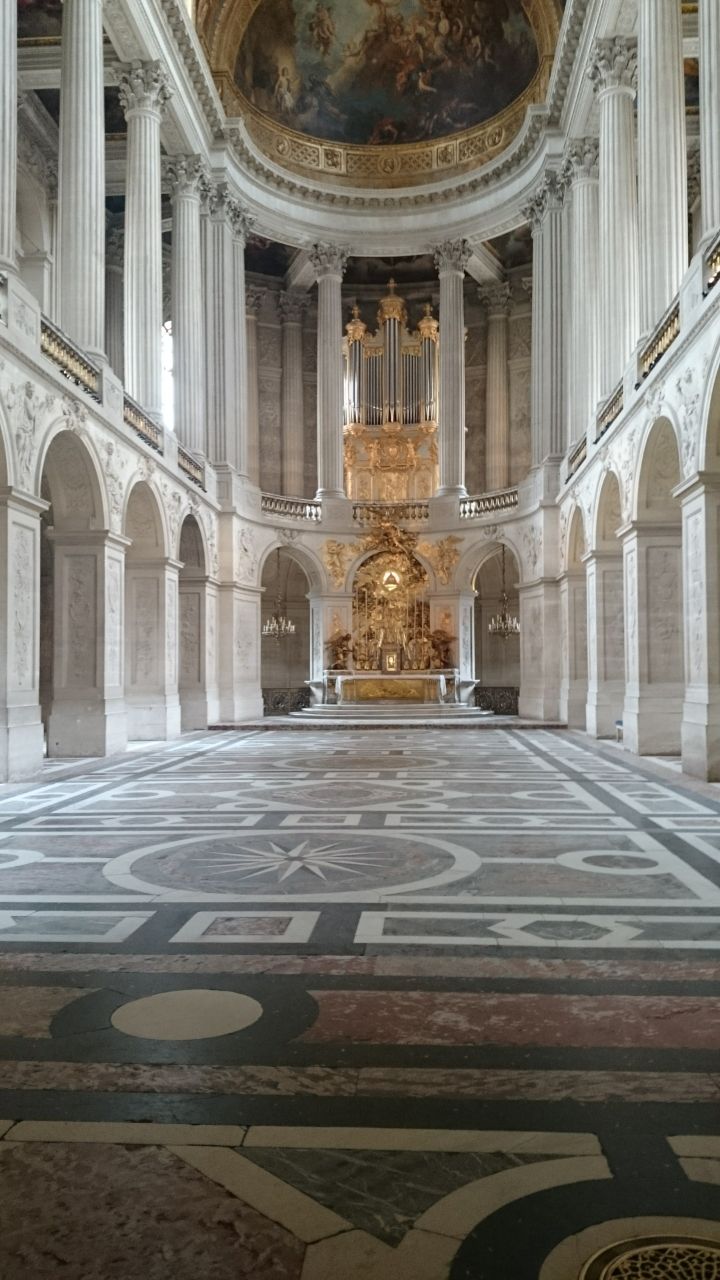
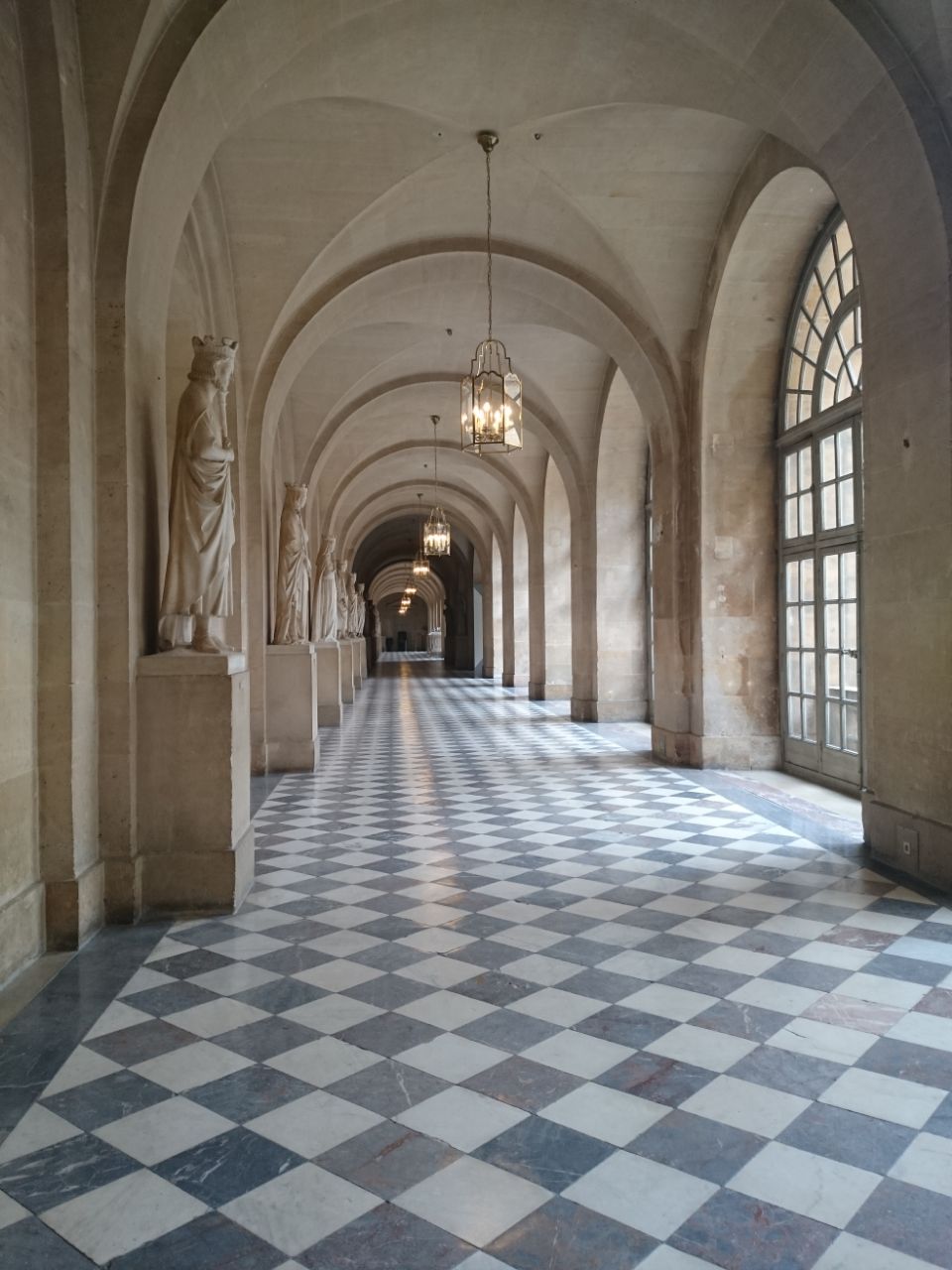
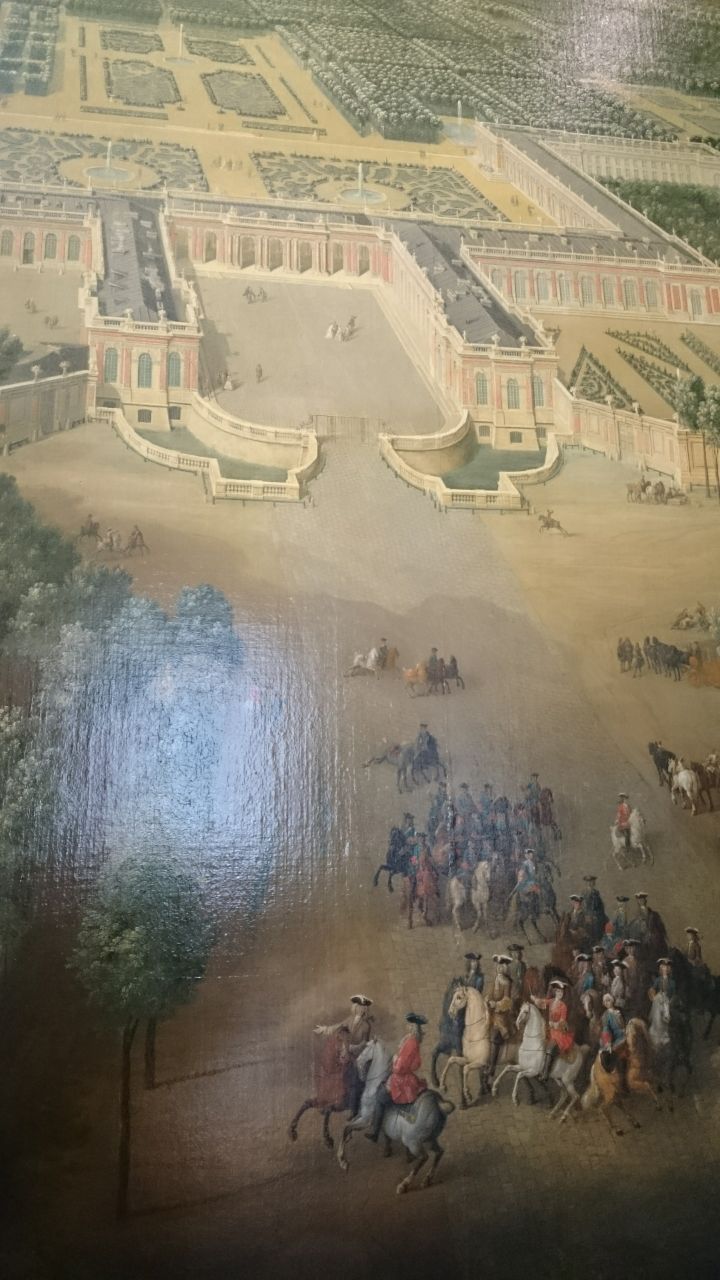
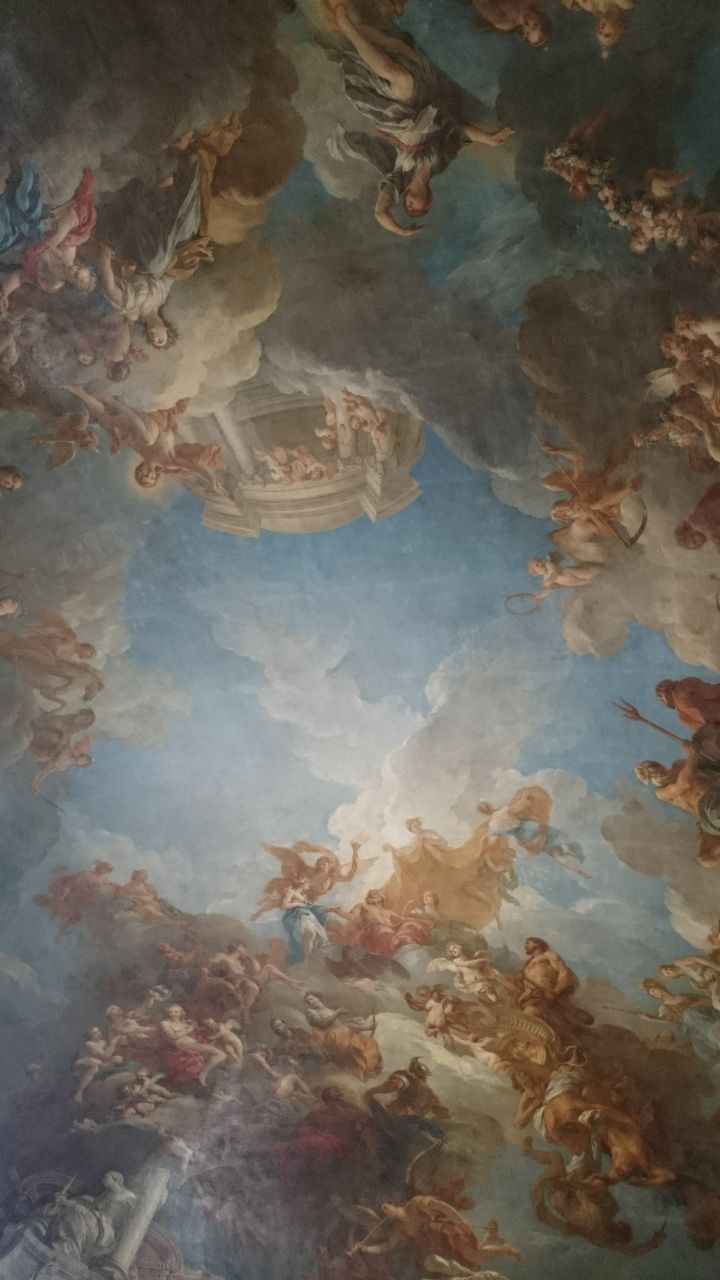
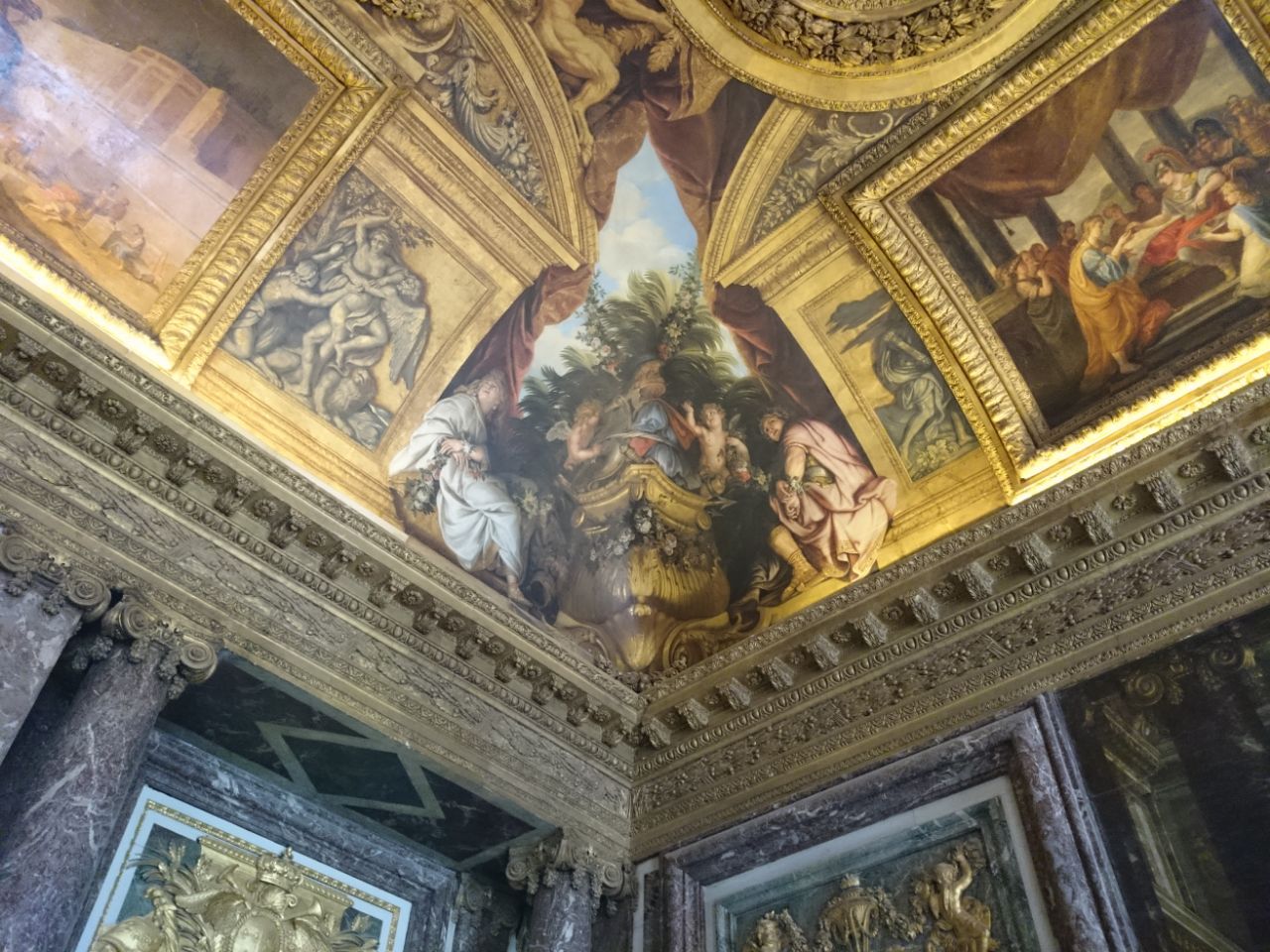
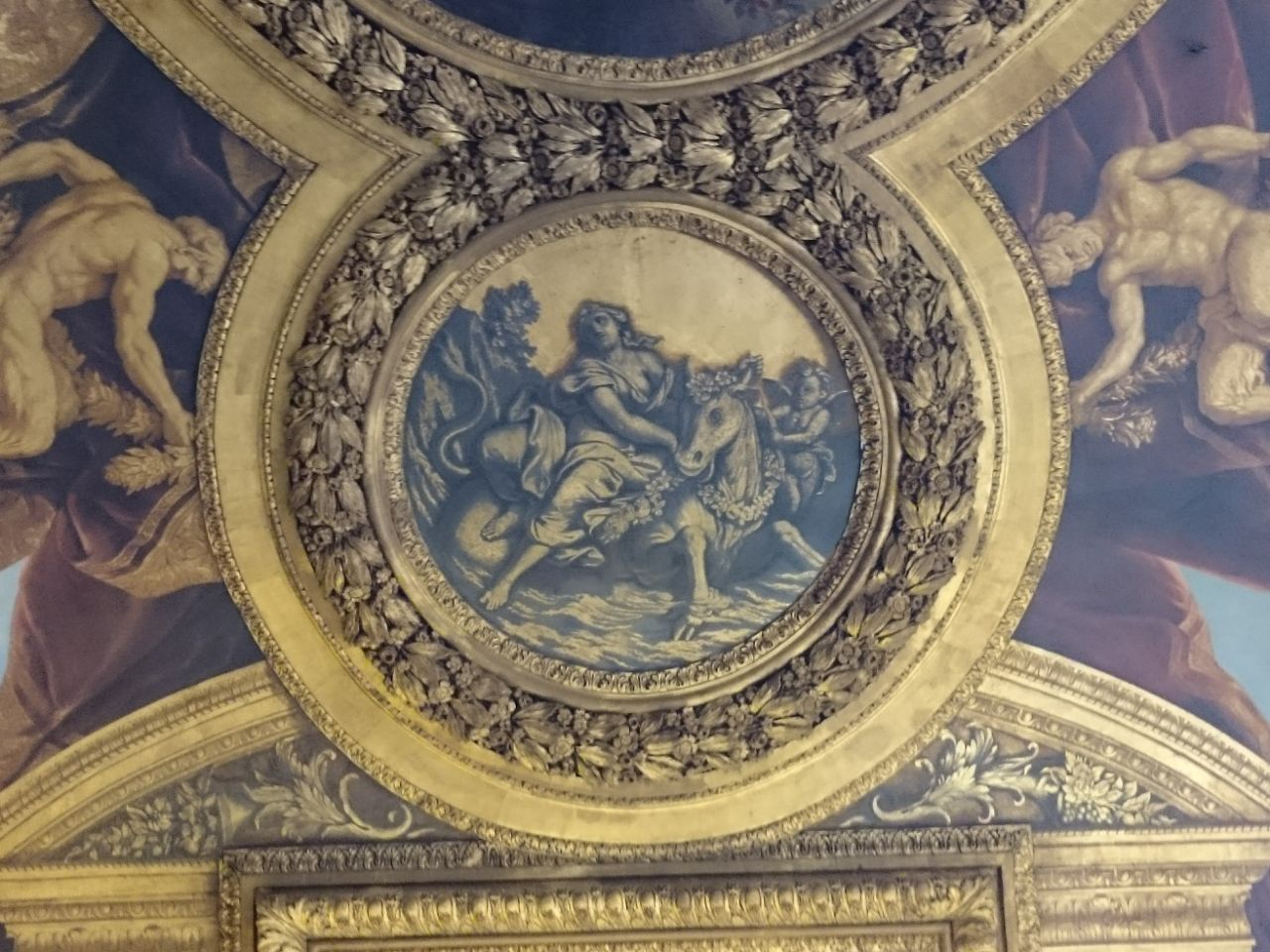
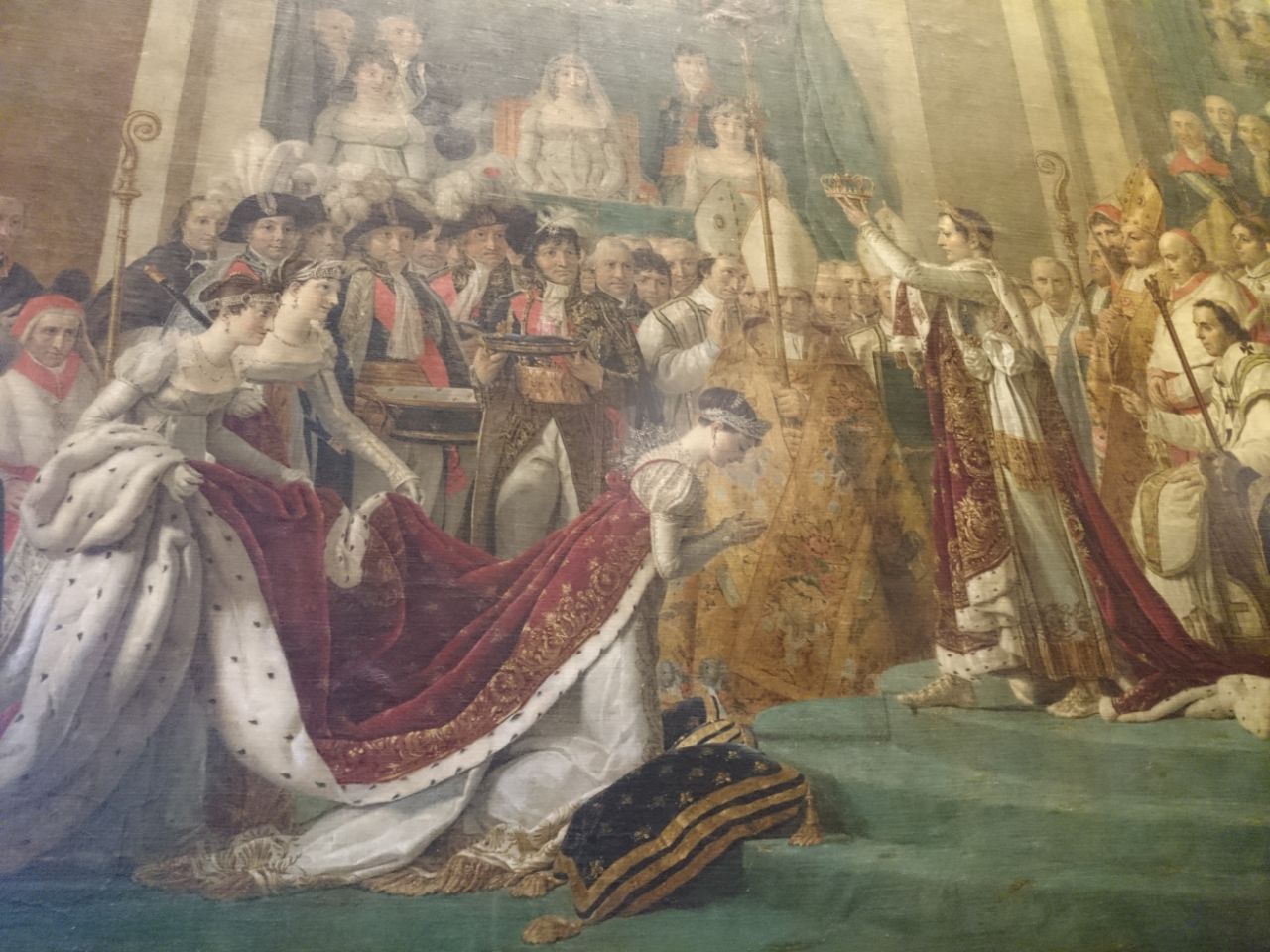
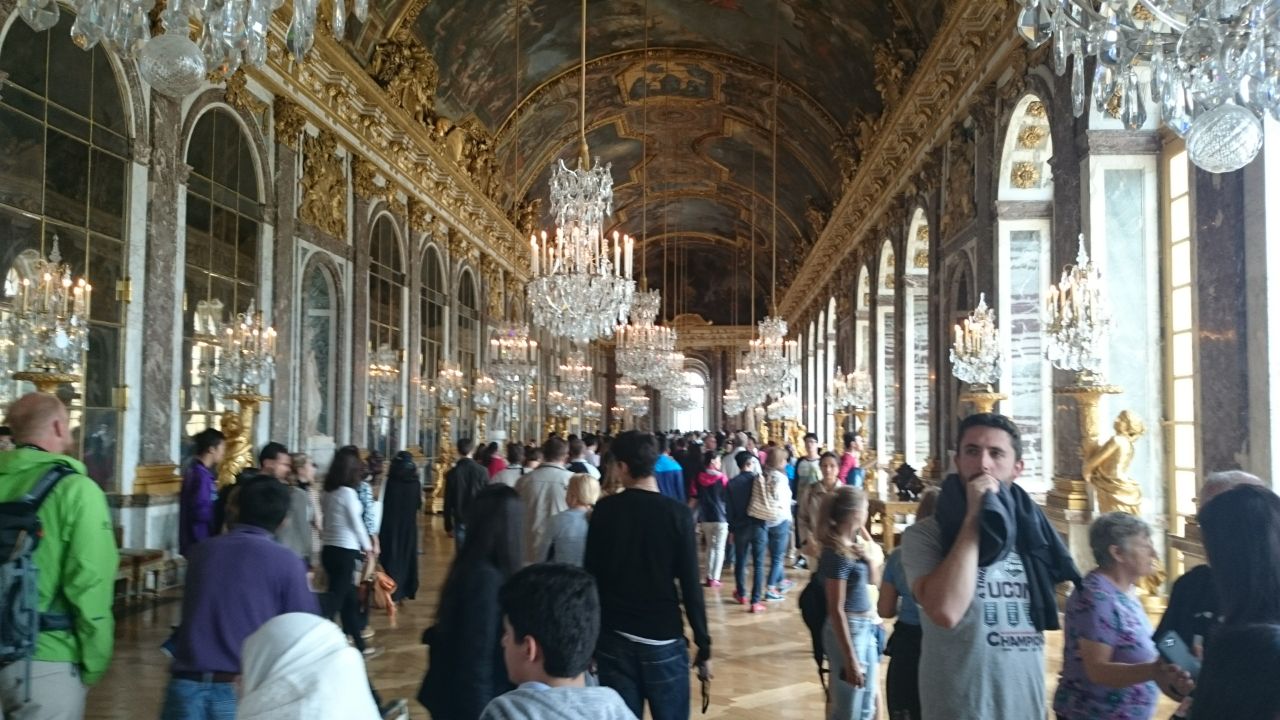
Fontainebleau
Fontainebleau is renowned for the large and scenic forest of Fontainebleau and also the Château. Similar to Versailles, the Palace started off as a hunting lodge with a chapel sometime in the middle of the twelfth century and was continuously worked on and lived in by 34 rulers of France. As a Palace, it was out outdone by Versailles in the history books. While Versailles is famous for the treaty of 1919, Fontainebleau also saw multiple treaties being signed on its grounds: Edict of Fontainebleau of 1685, Treaty of 1807 for the passage of French troops through Spain for the invasion of Portugal, the Treaty of 1814 resulting in the exile of Napoleon to Elba. The Palace also saw the farewell between Napoleon and his Imperial Guard.
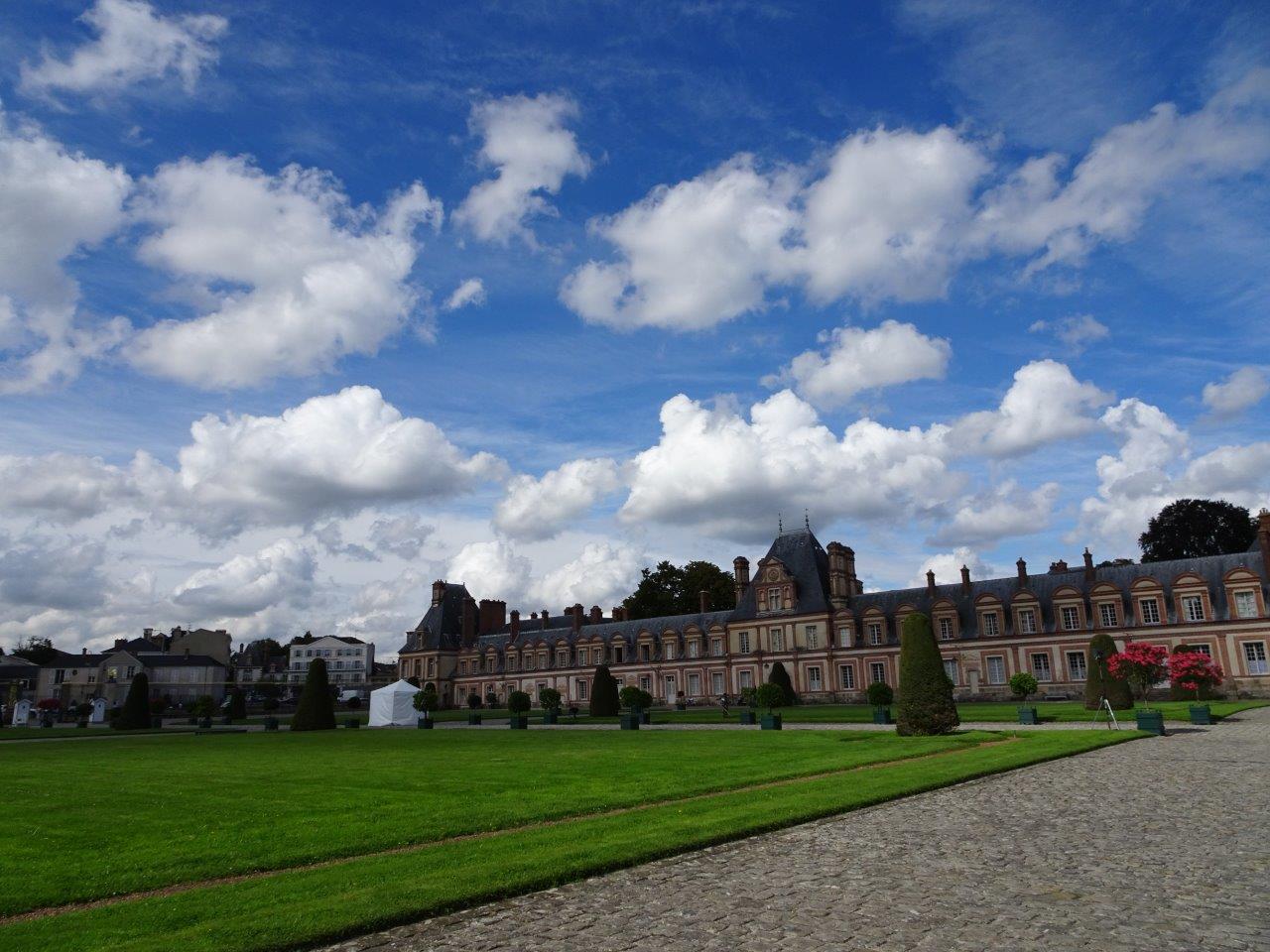
Unlike Versailles, Fontainebleau can be considered as on the other extreme. It was quiet and deserted of people relative to the crowds in Versailles. No long queues. The only queue was the bag drop area to drop off your bags before heading into the Palace.
I think there is a slight difference in the themes of the Palaces. Fontainebleau gave me an impression that it was more Napoleonic in feel compared with Versailles. You have plates commissioned by the Emperor showcasing his campaign in Egypt and also everyday life in France. You have displays showing the Emperor’s grey coat and his distinct hat. Overall, the architecture was comparable with that of Versailles and maybe the lack of a crowd made the visit more enjoyable. It was difficult getting any good shot in Versailles given the large crowds.
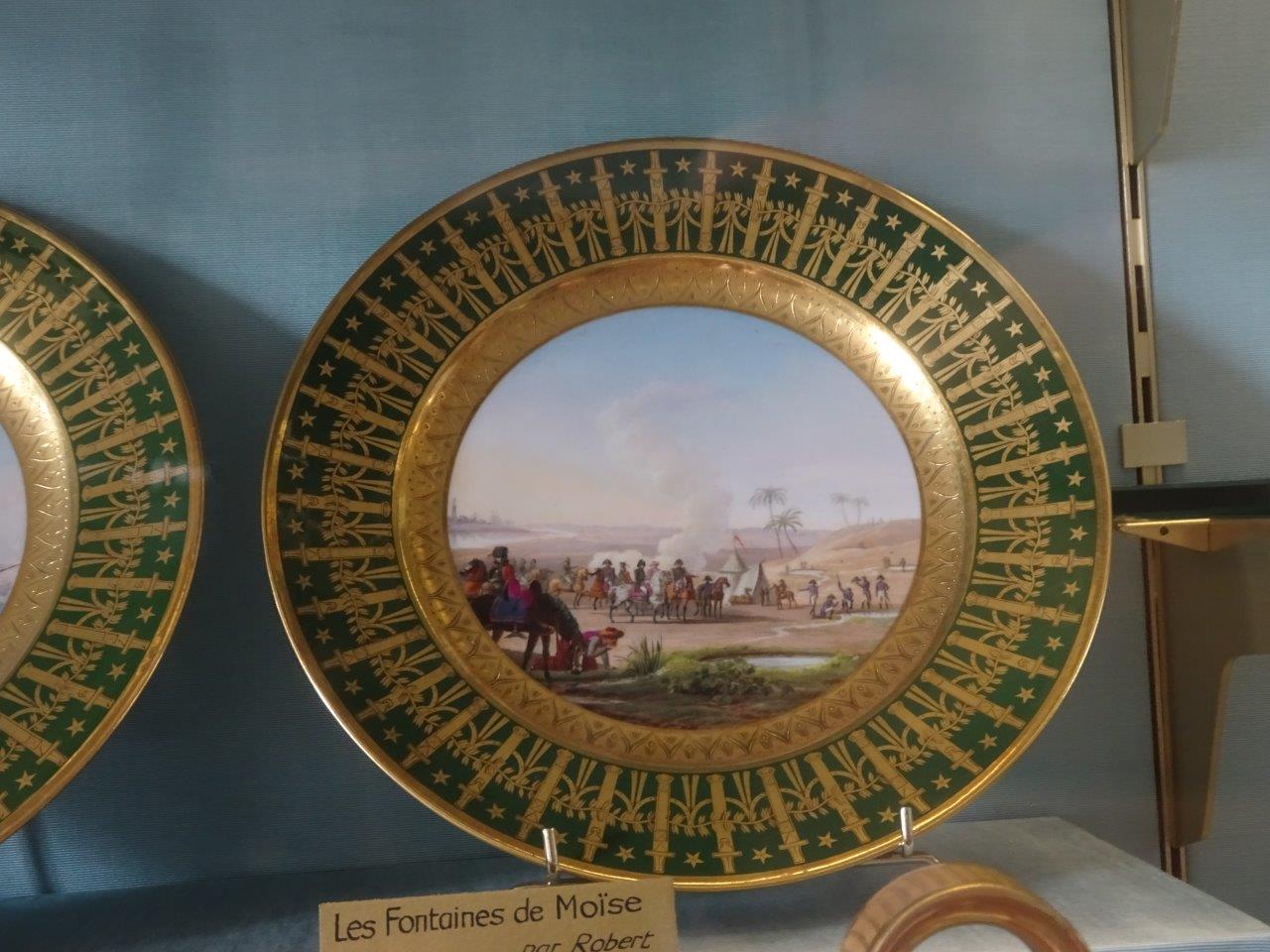
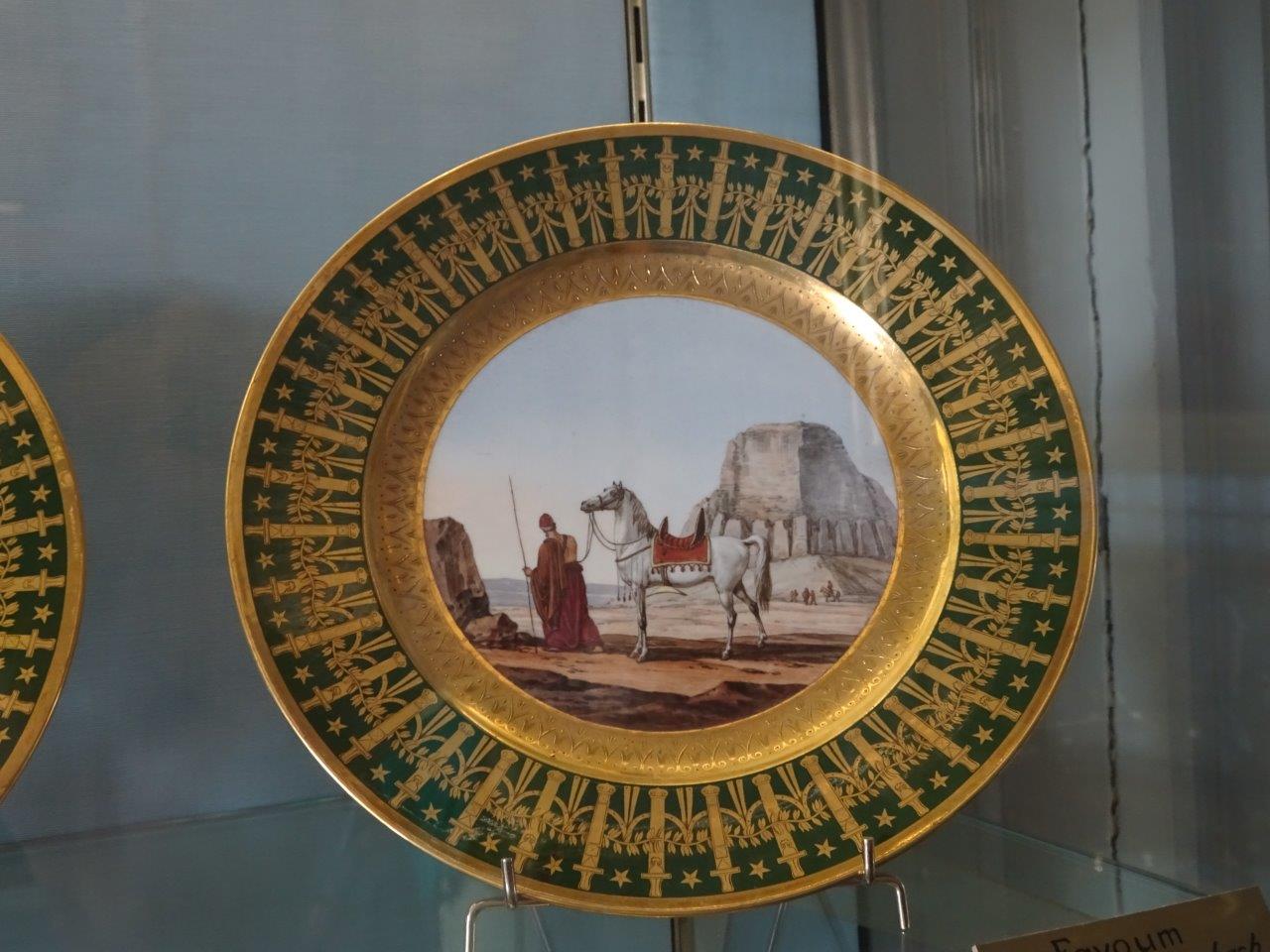
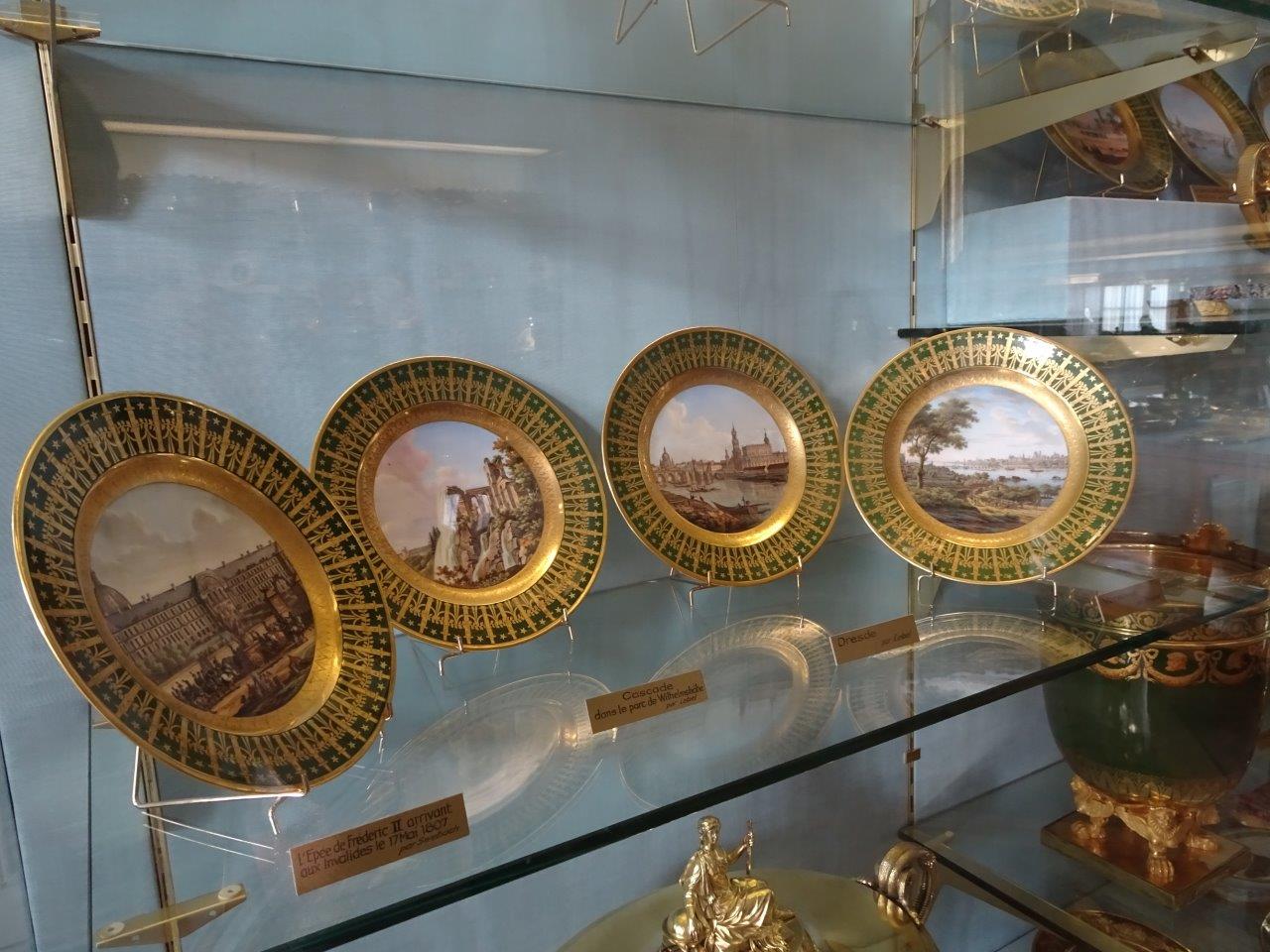
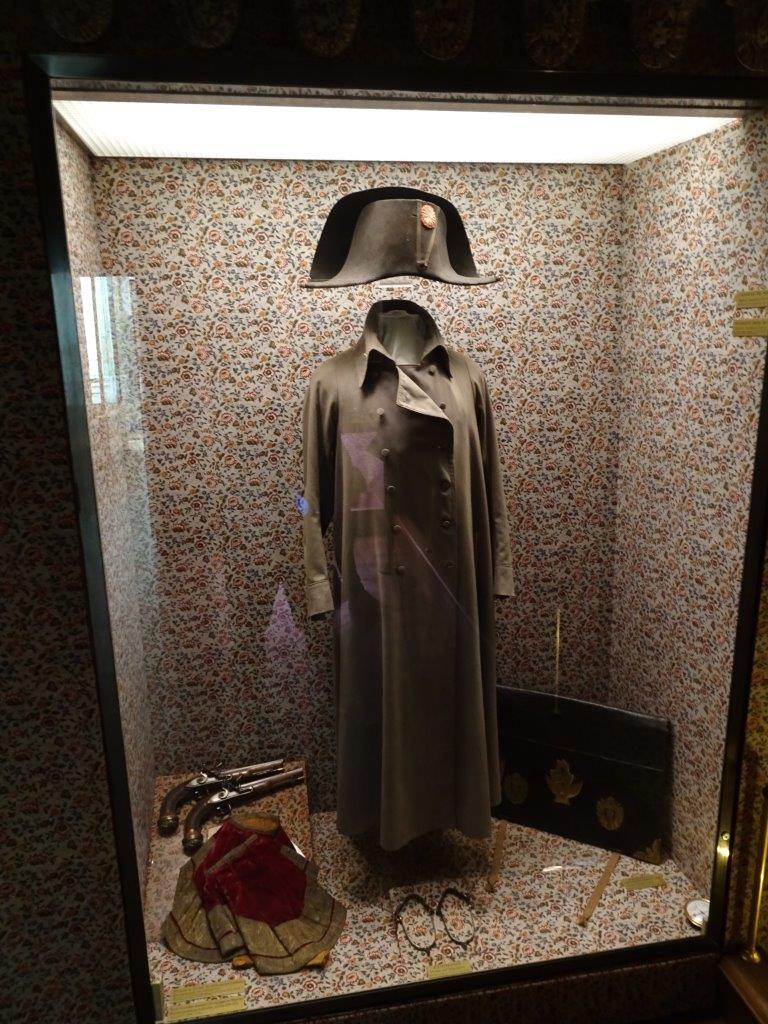
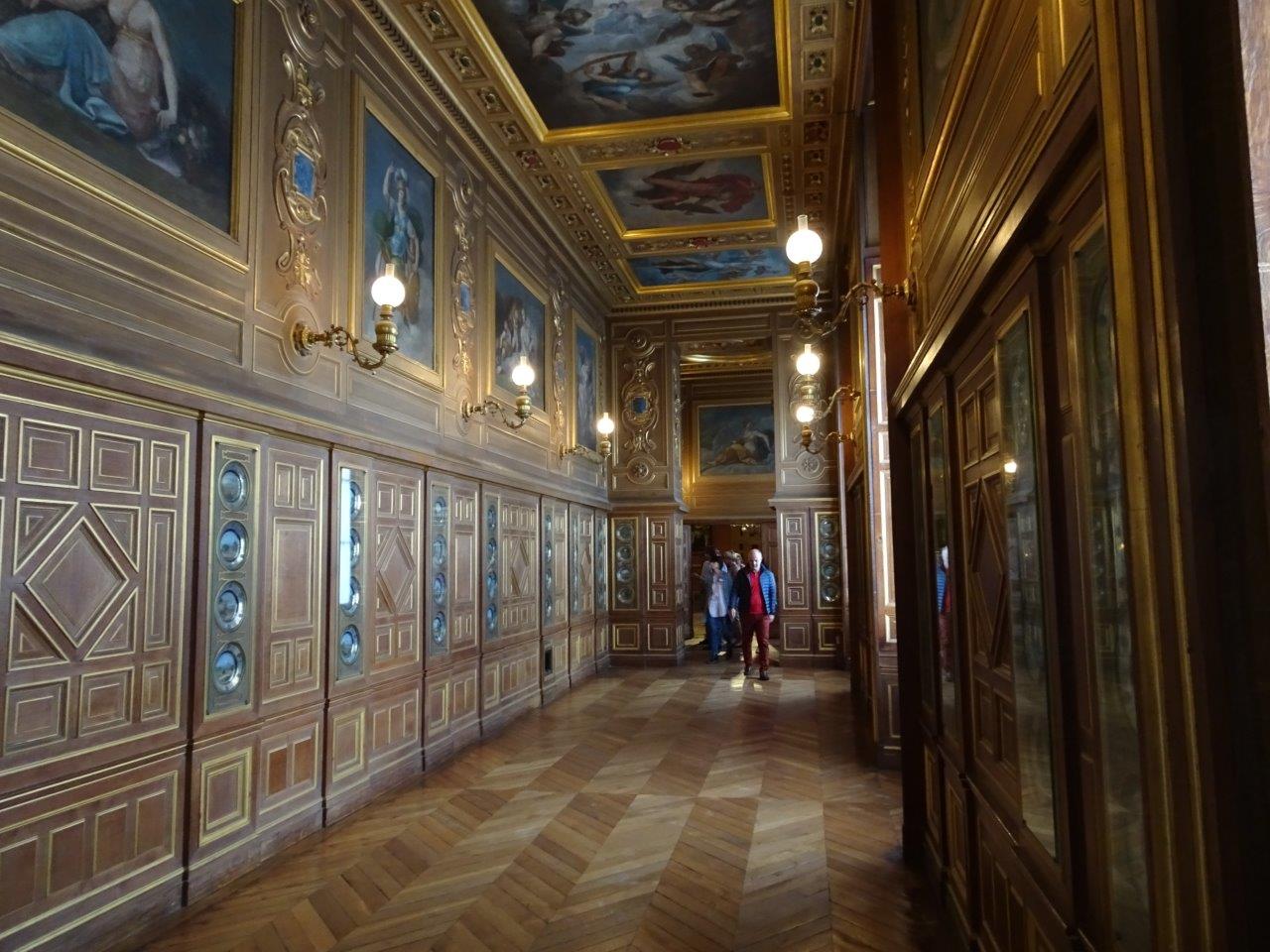
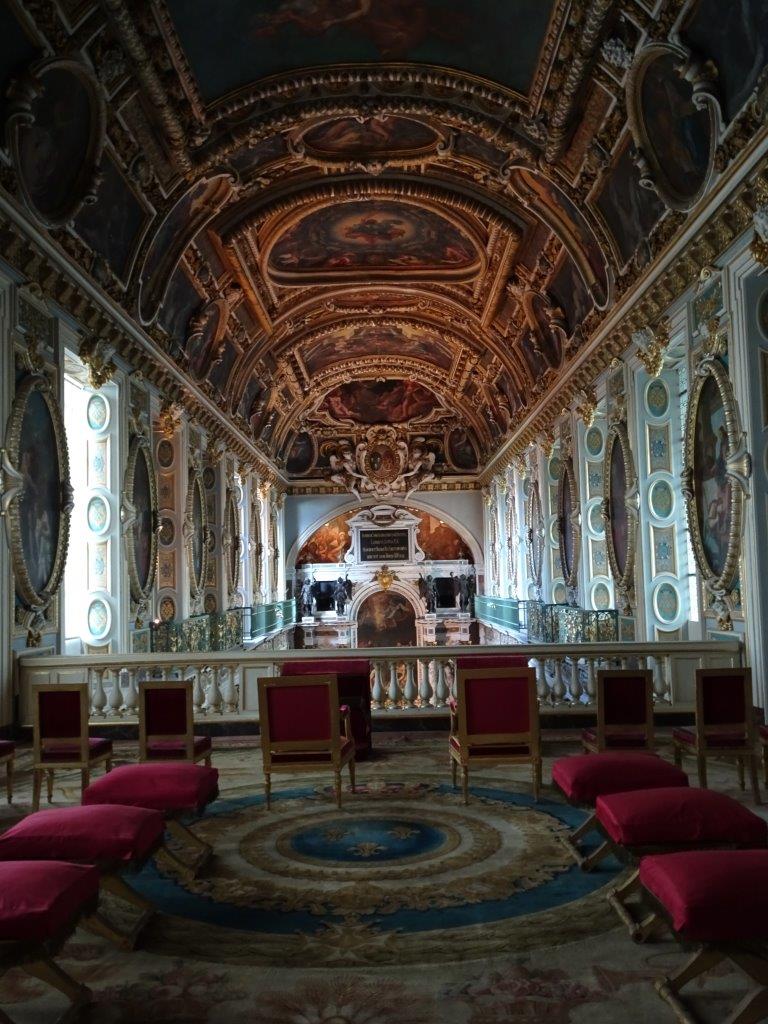

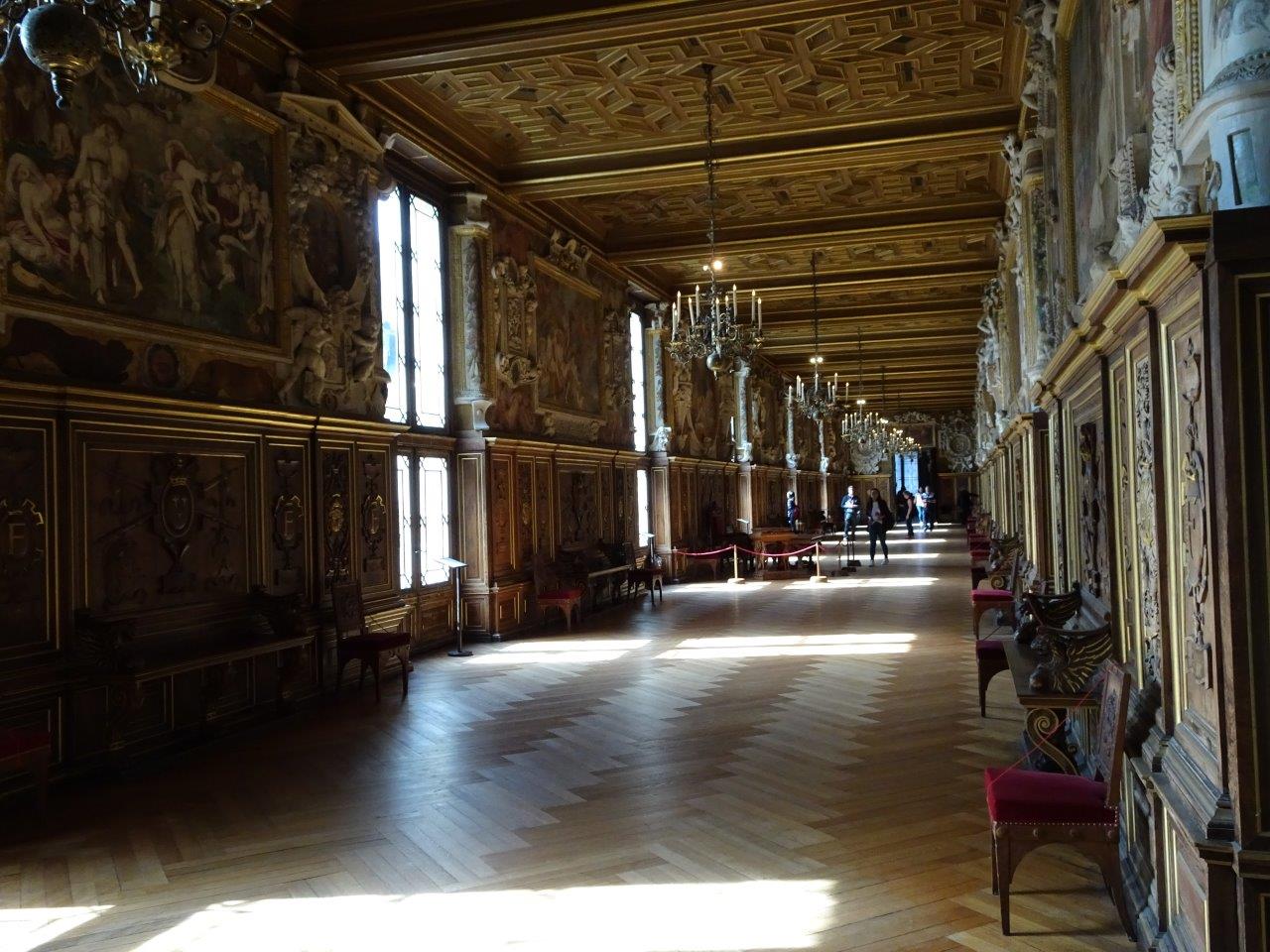

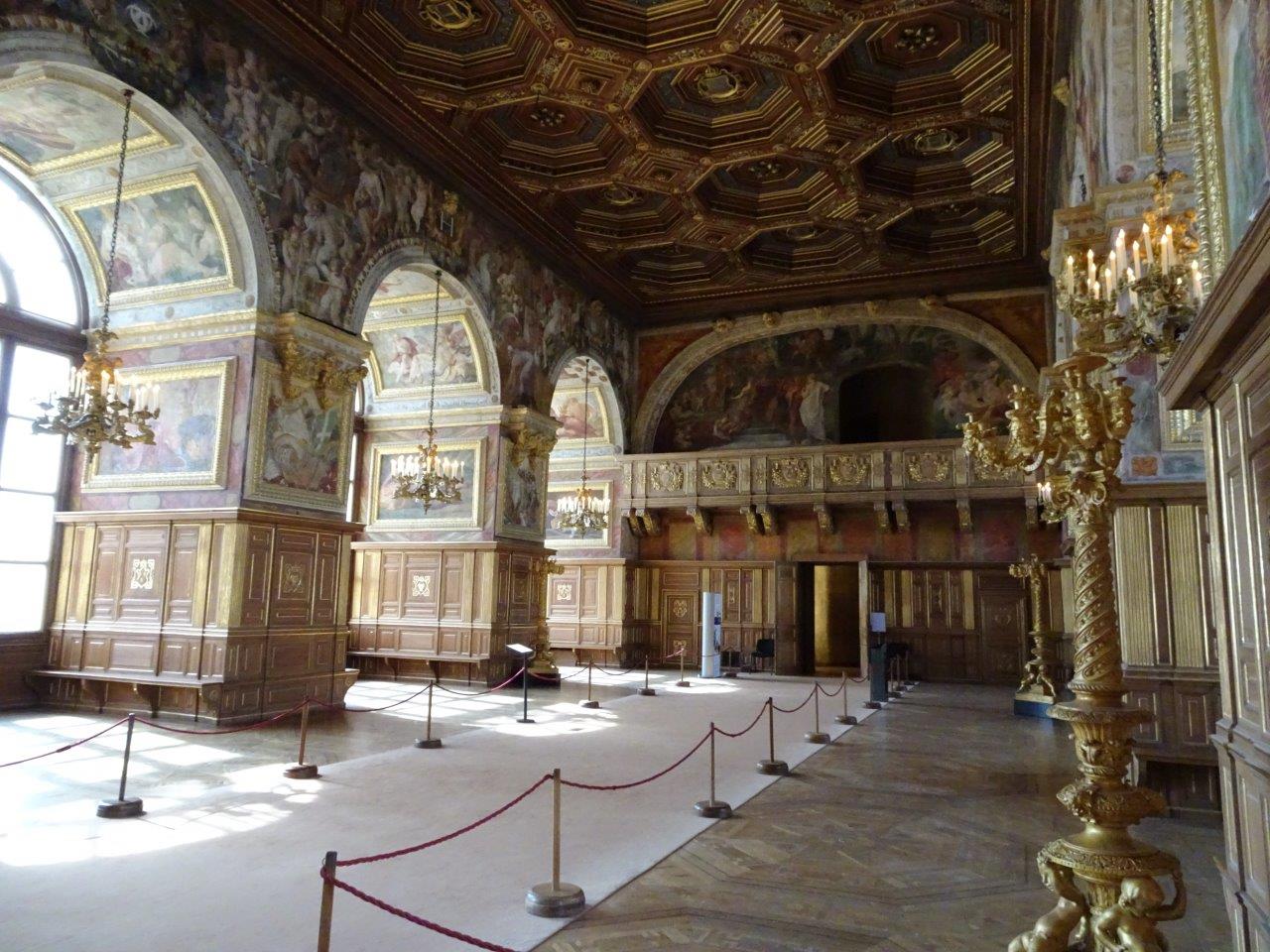
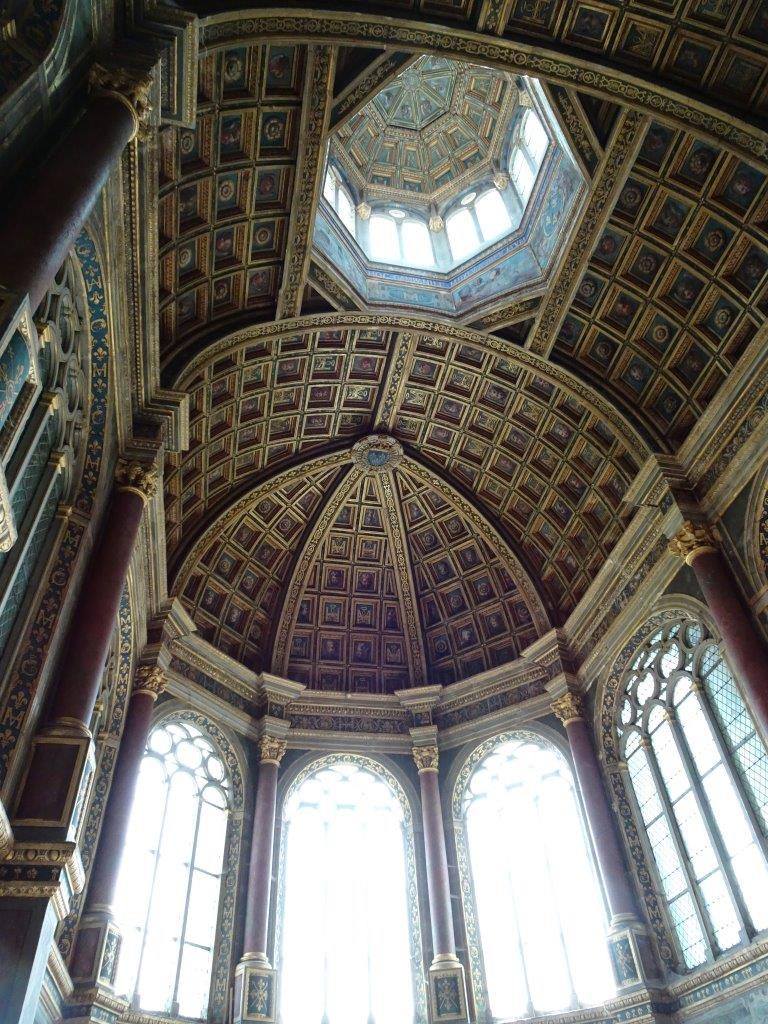
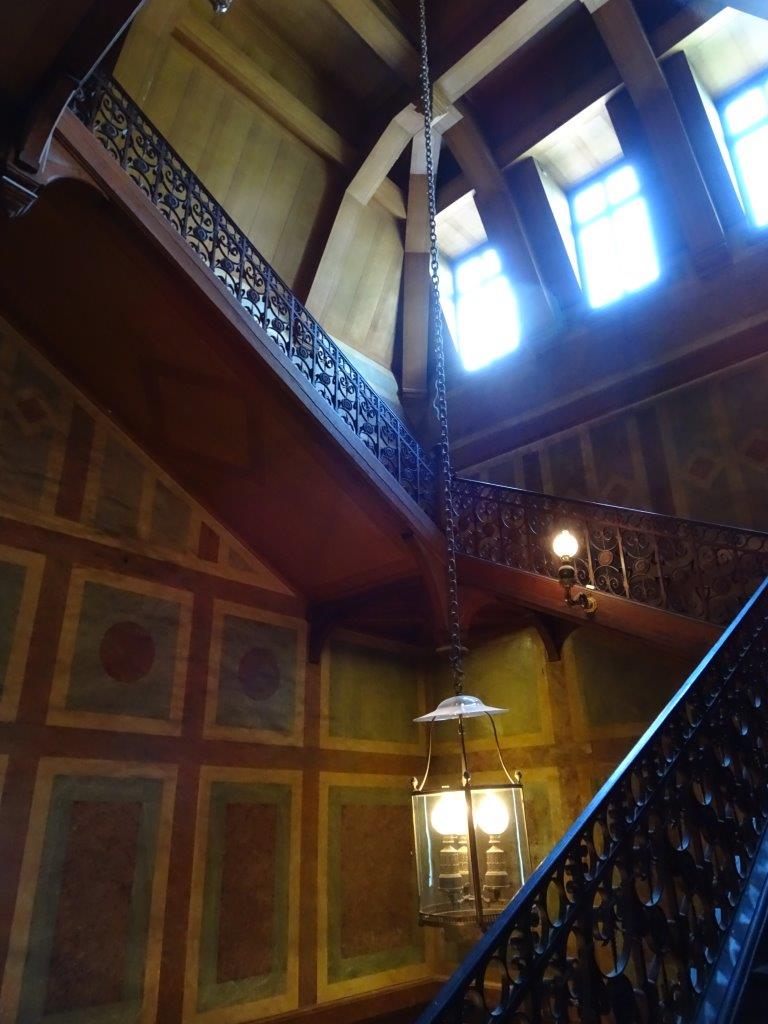
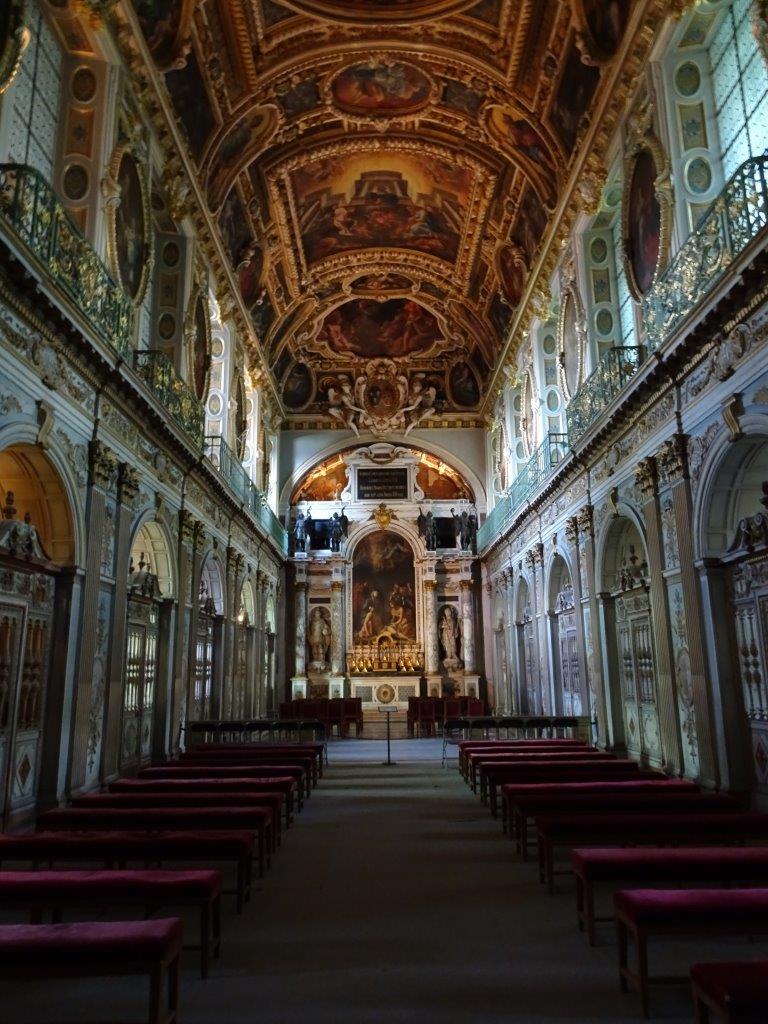
The gardens were, however, less impressive. There were not as much fountains compared with Versailles and the grounds were less diverse. You don’t have mini palaces like the Trianon as a side distraction nor mini hamlets to visit. What Fontainebleau does have is its large forest which makes it a good place to have a walk in. However, given its size, you will soon appreciate why it’s a good place for horse riding instead of walking.
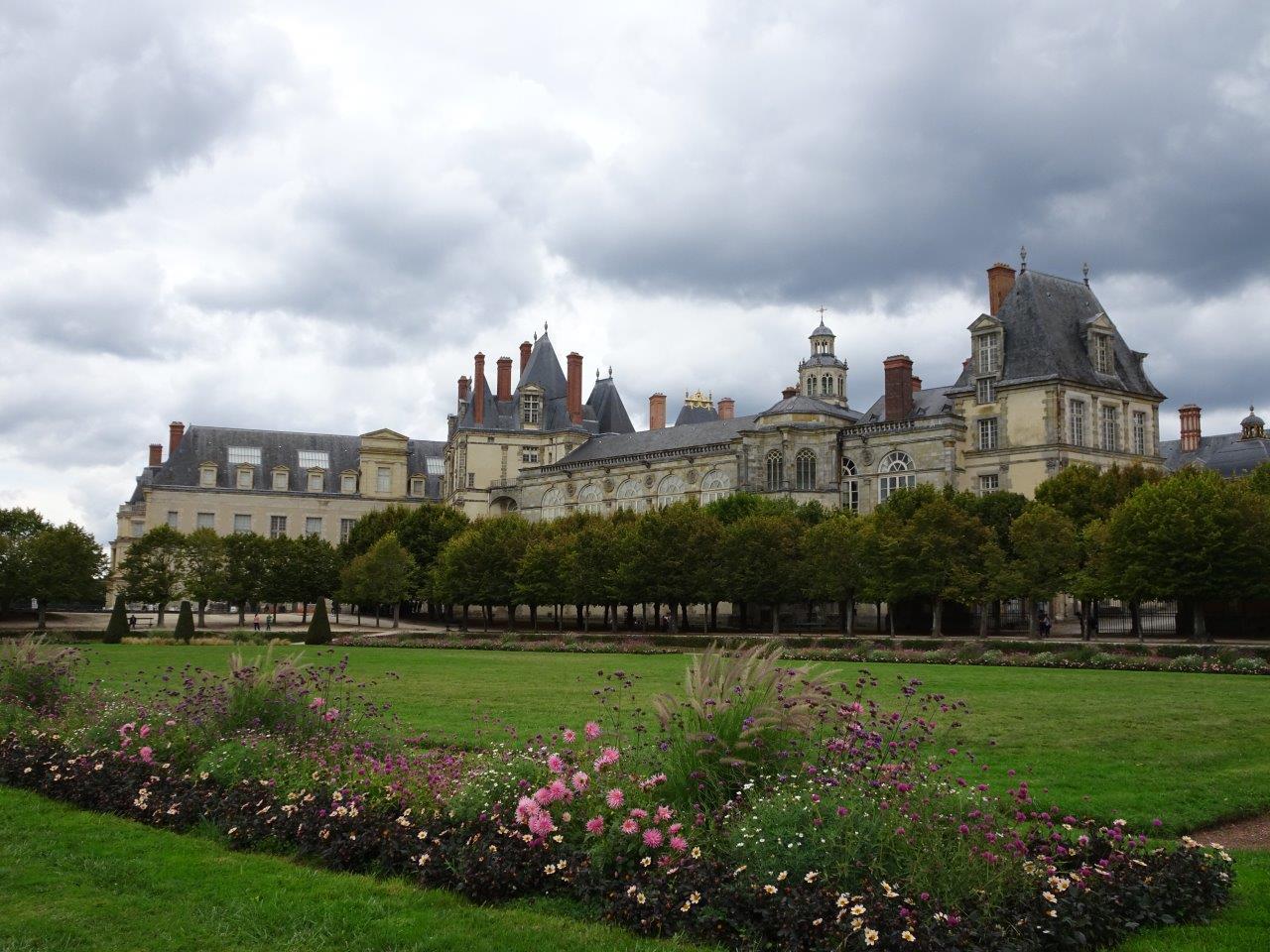
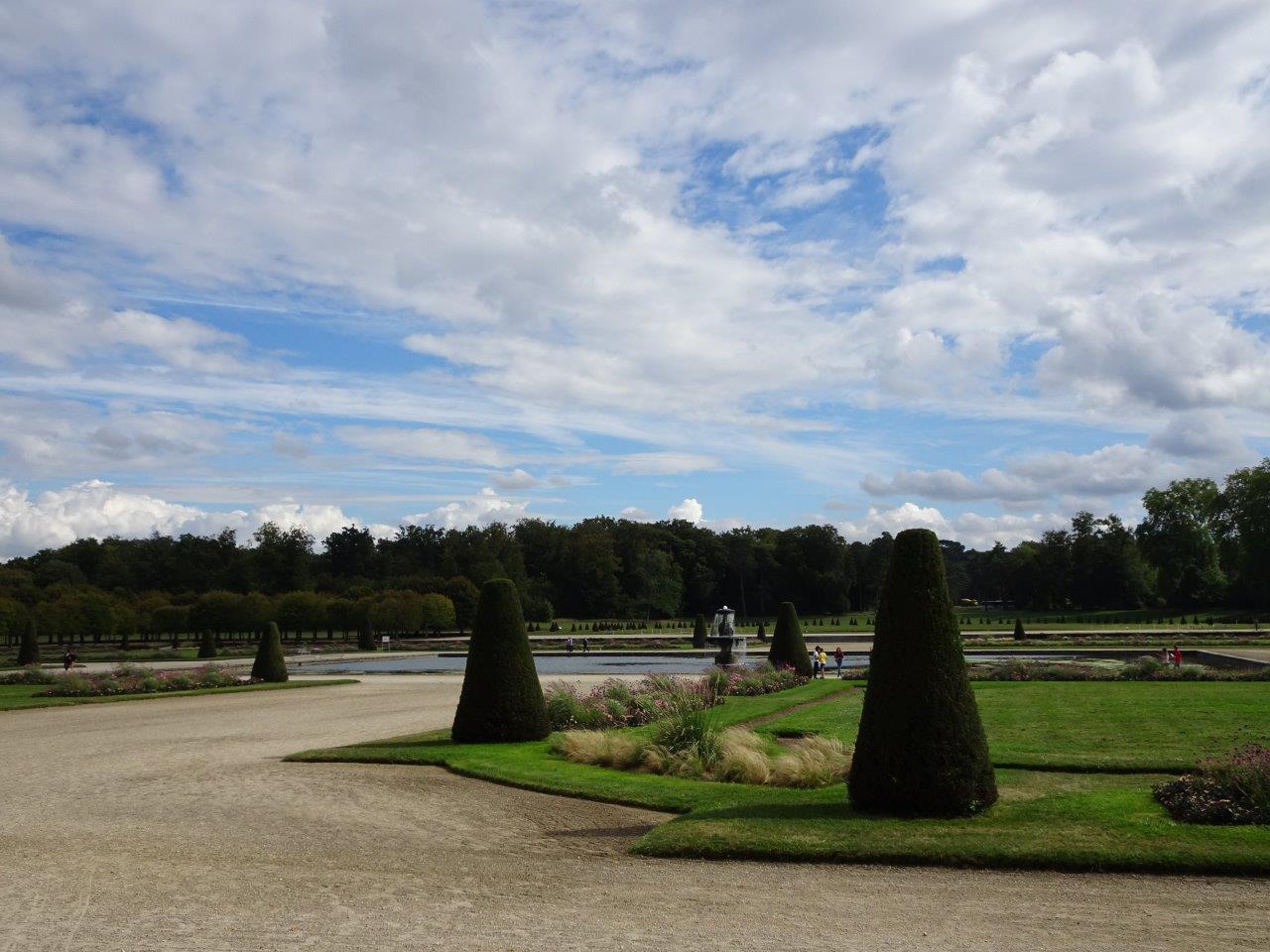
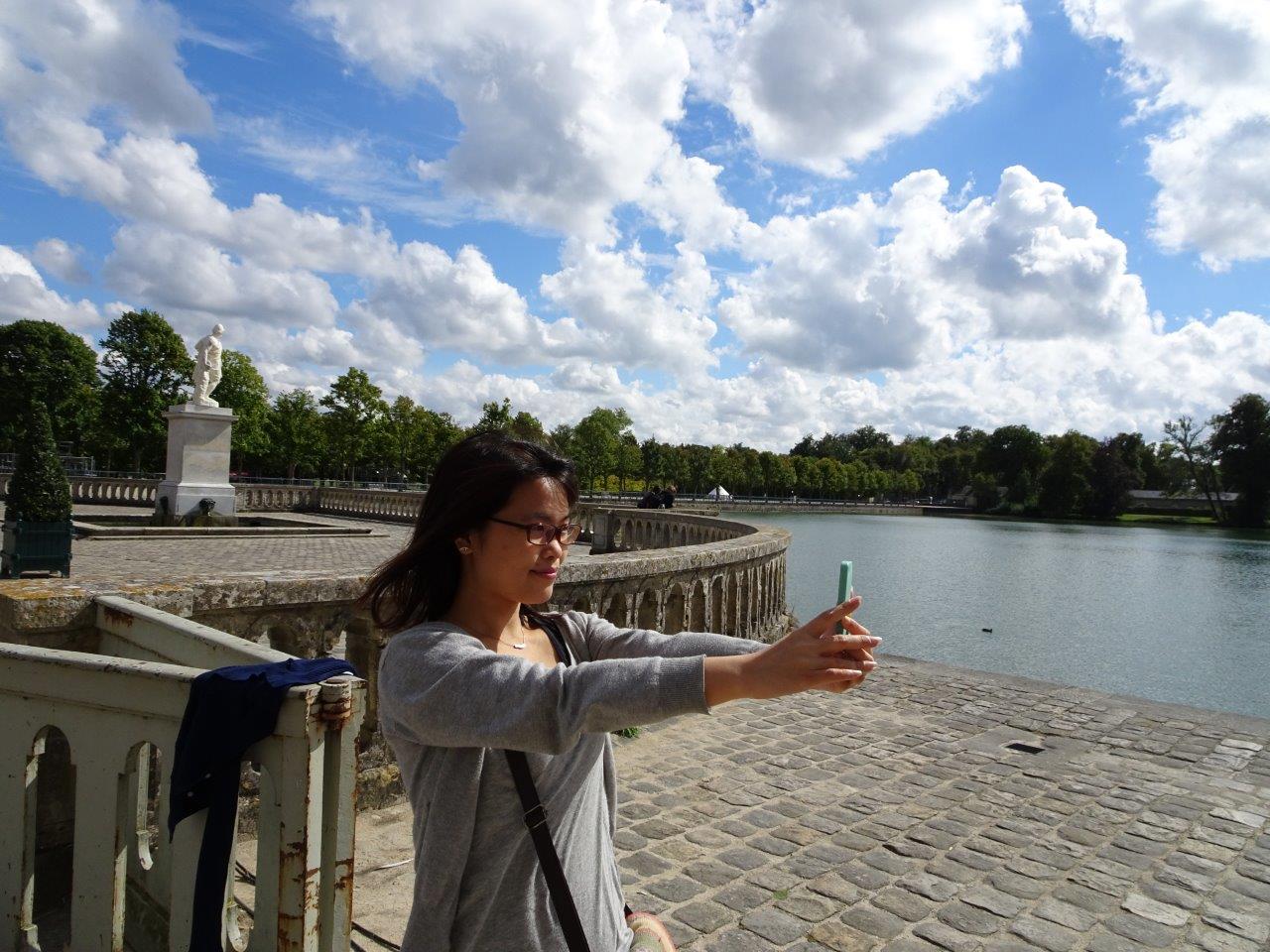
Be sure to look out for these highly Instagramable shots!

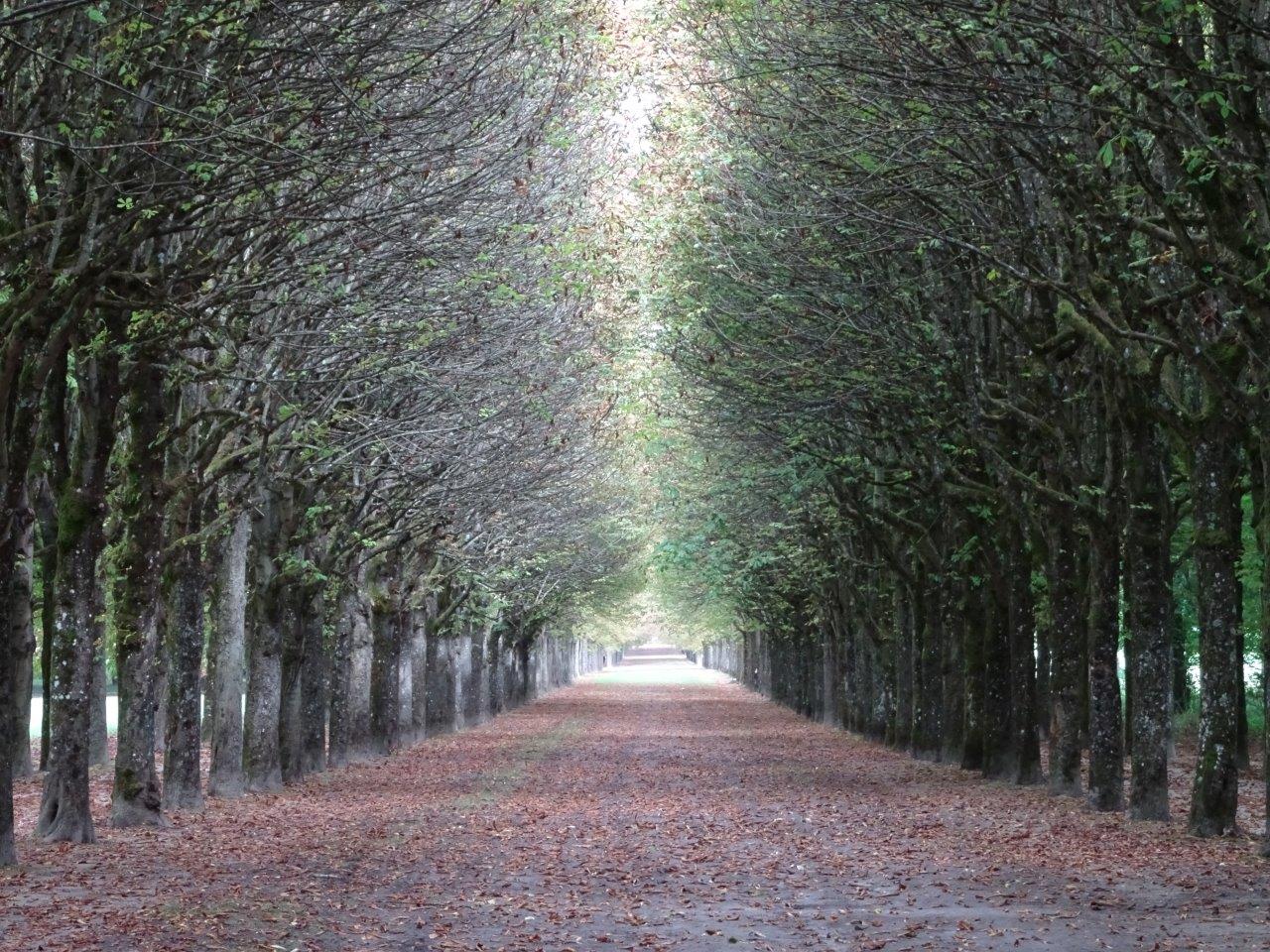
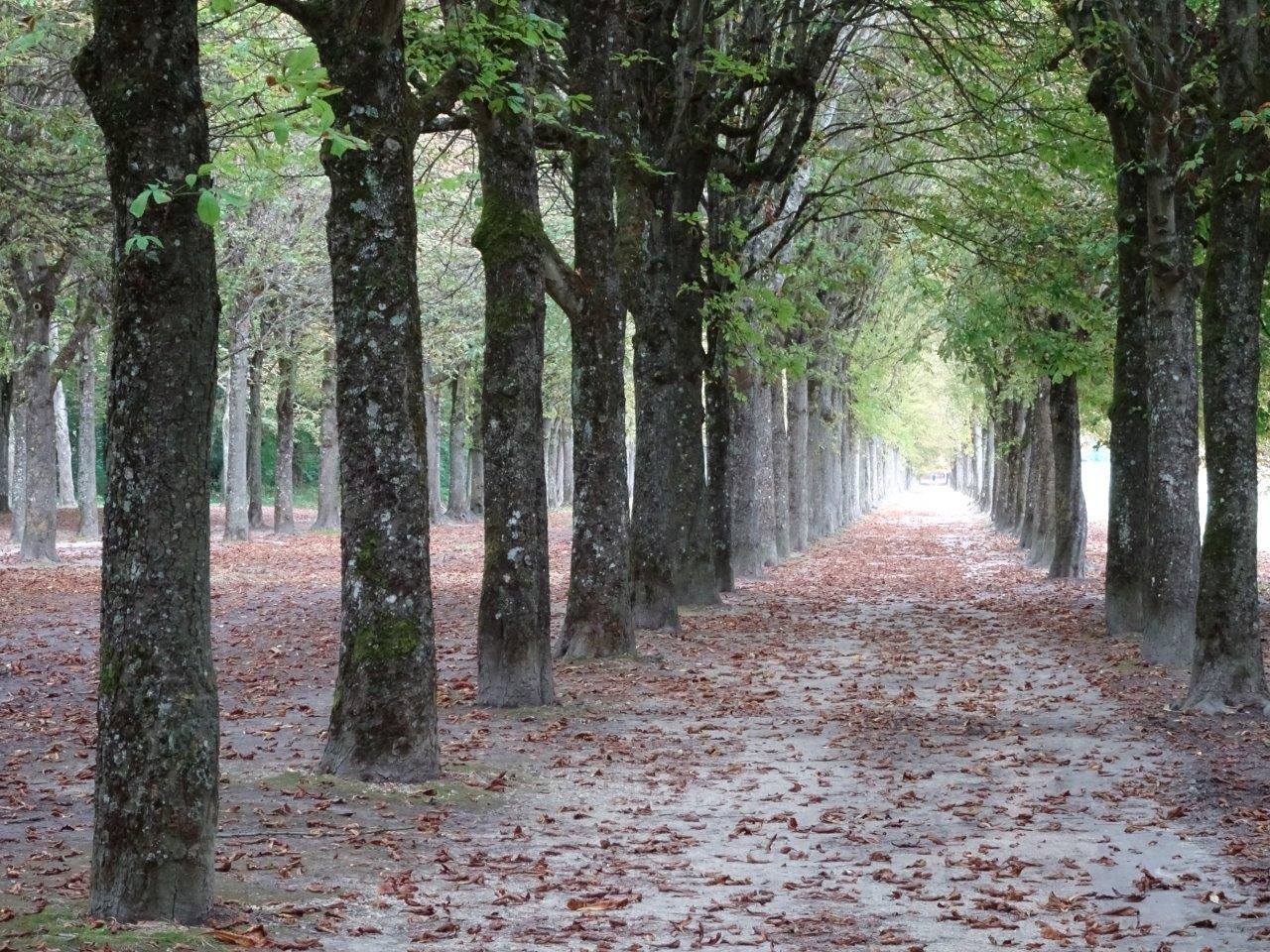
My conclusion? Should I visit Versailles or Fontainebleau? Is Versailles better? Or is Fontainebleau better?
If it’s your first visit to Paris and your time is tight, I suggest visiting Versailles. The overall experience, although crowded, encompasses a lot more. You not only get to visit the palaces while there but also walk along very pretty gardens and so promises the most bang for your buck. It is also a more itinerary friendly location being a venue that takes up just about a day unlike Fontainebleau which you can cover in around just ½ to ¾ a day making an itinerary planning difficult since you have to factor in the travelling time to and fro.
If you visited Paris before and have already covered Versailles, then Fontainebleau might be a good alternative to satisfy your palace cravings without the crowd.
If you enjoyed reading this or found it helpful, please remember to like and follow! Appreciate your support!
This article is one of my articles on Paris. Click here to check out the rest.